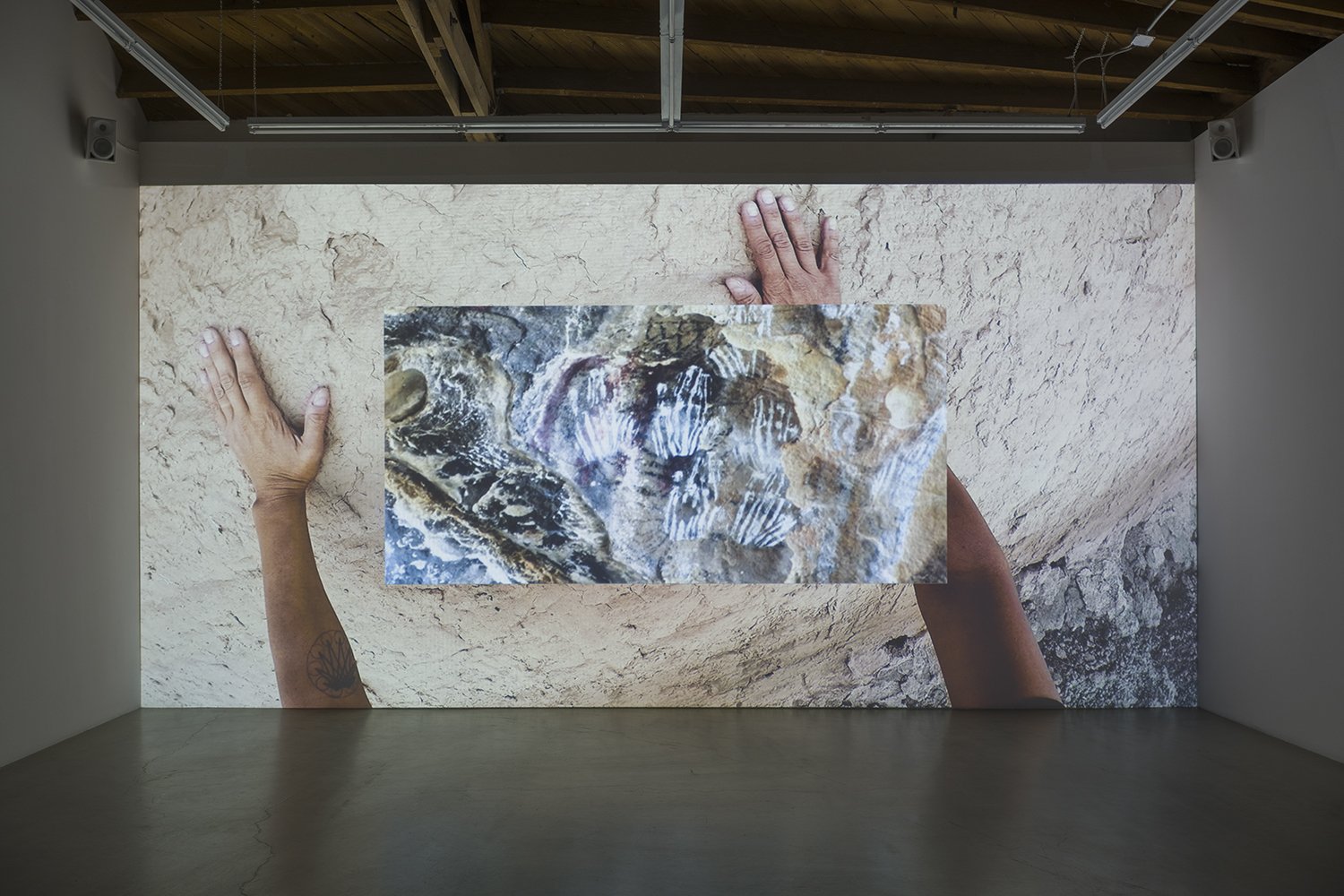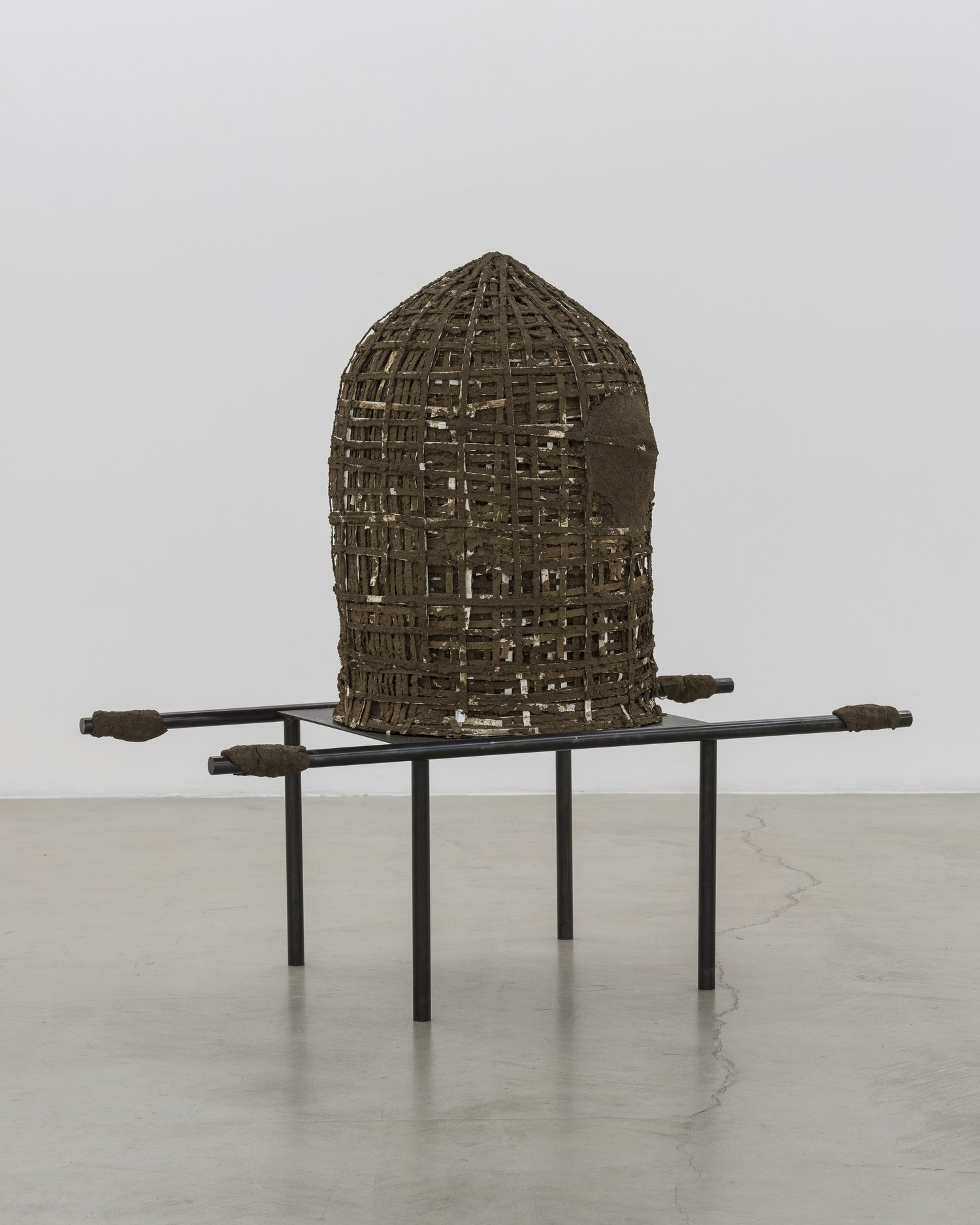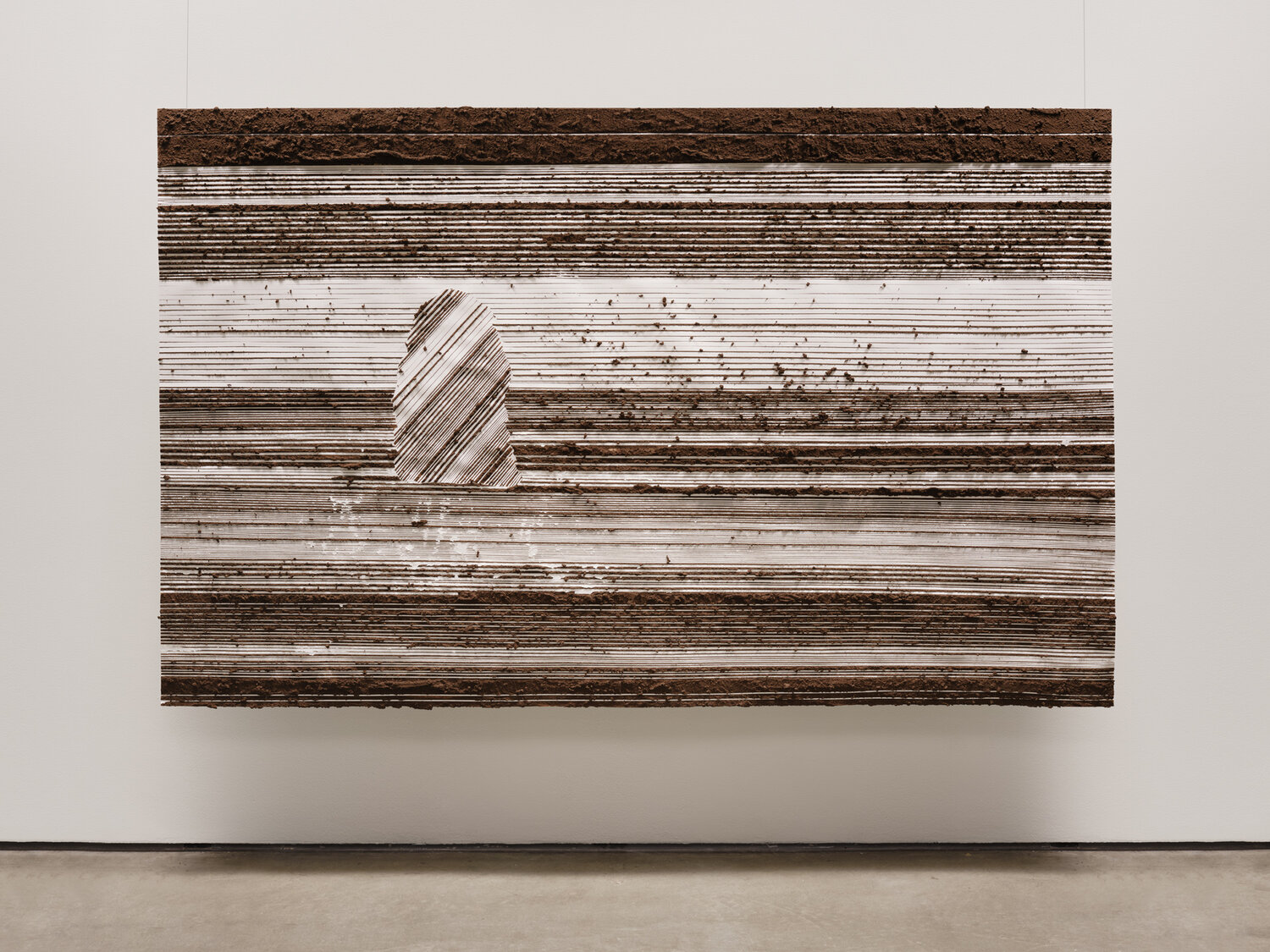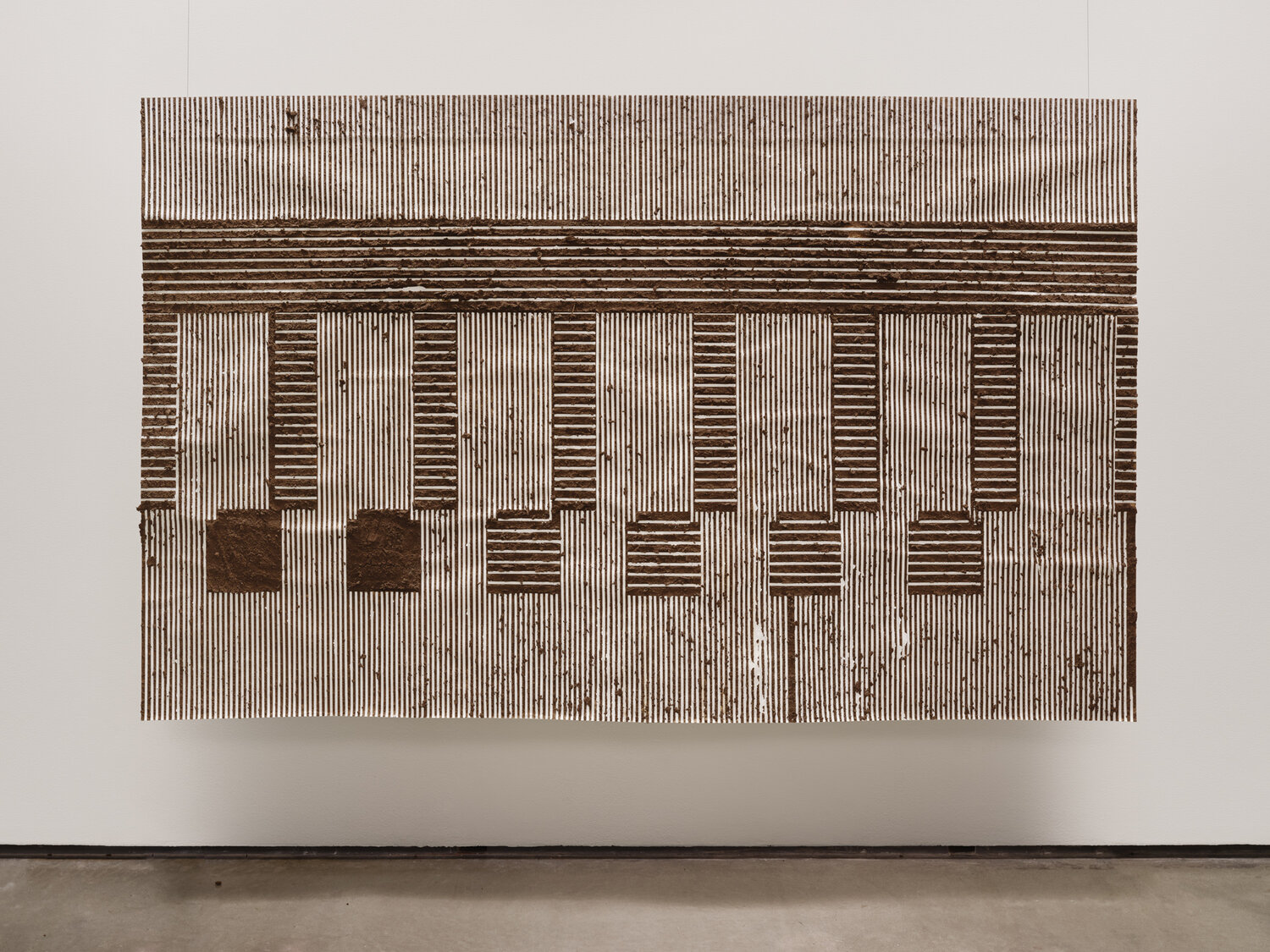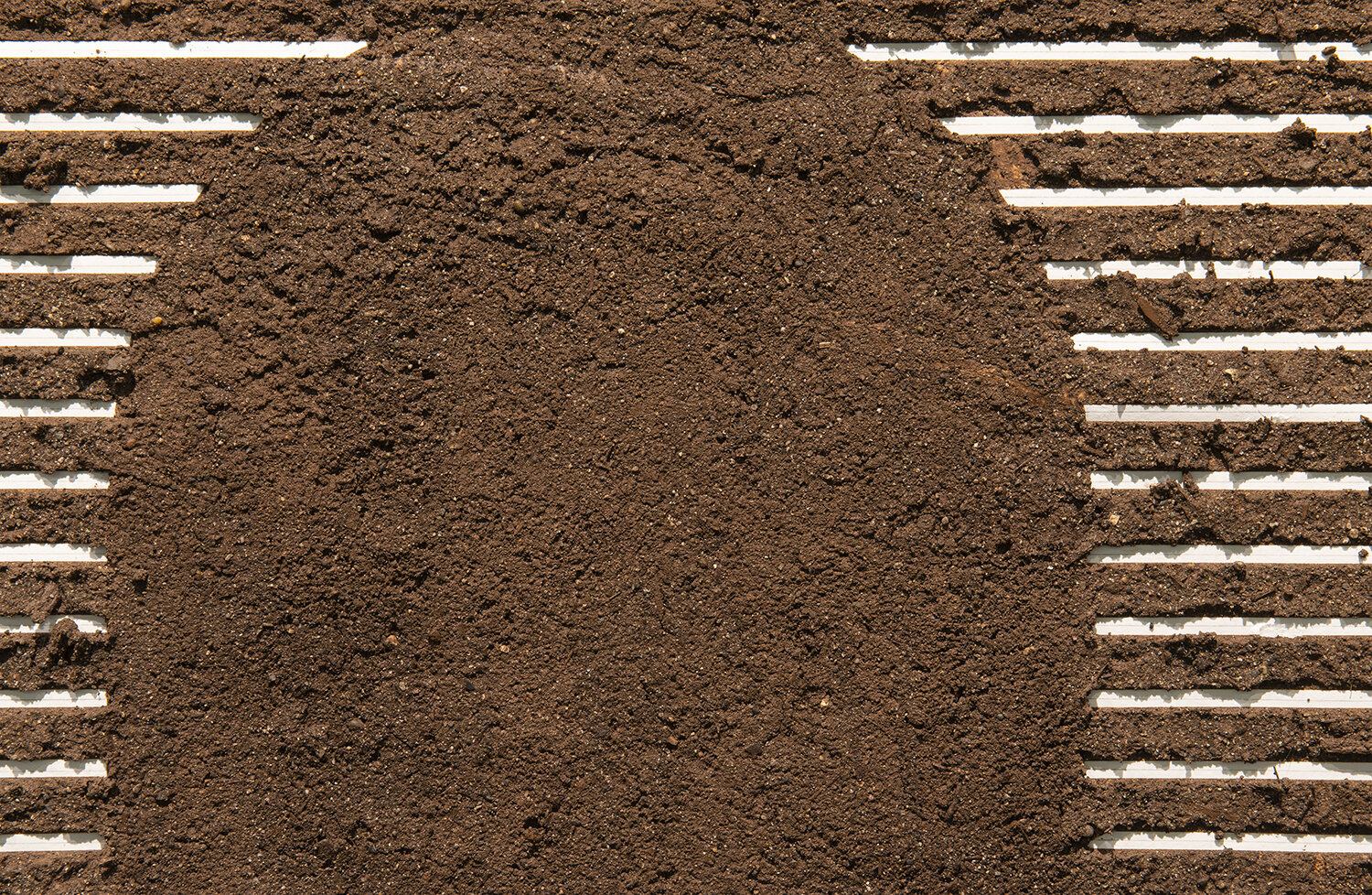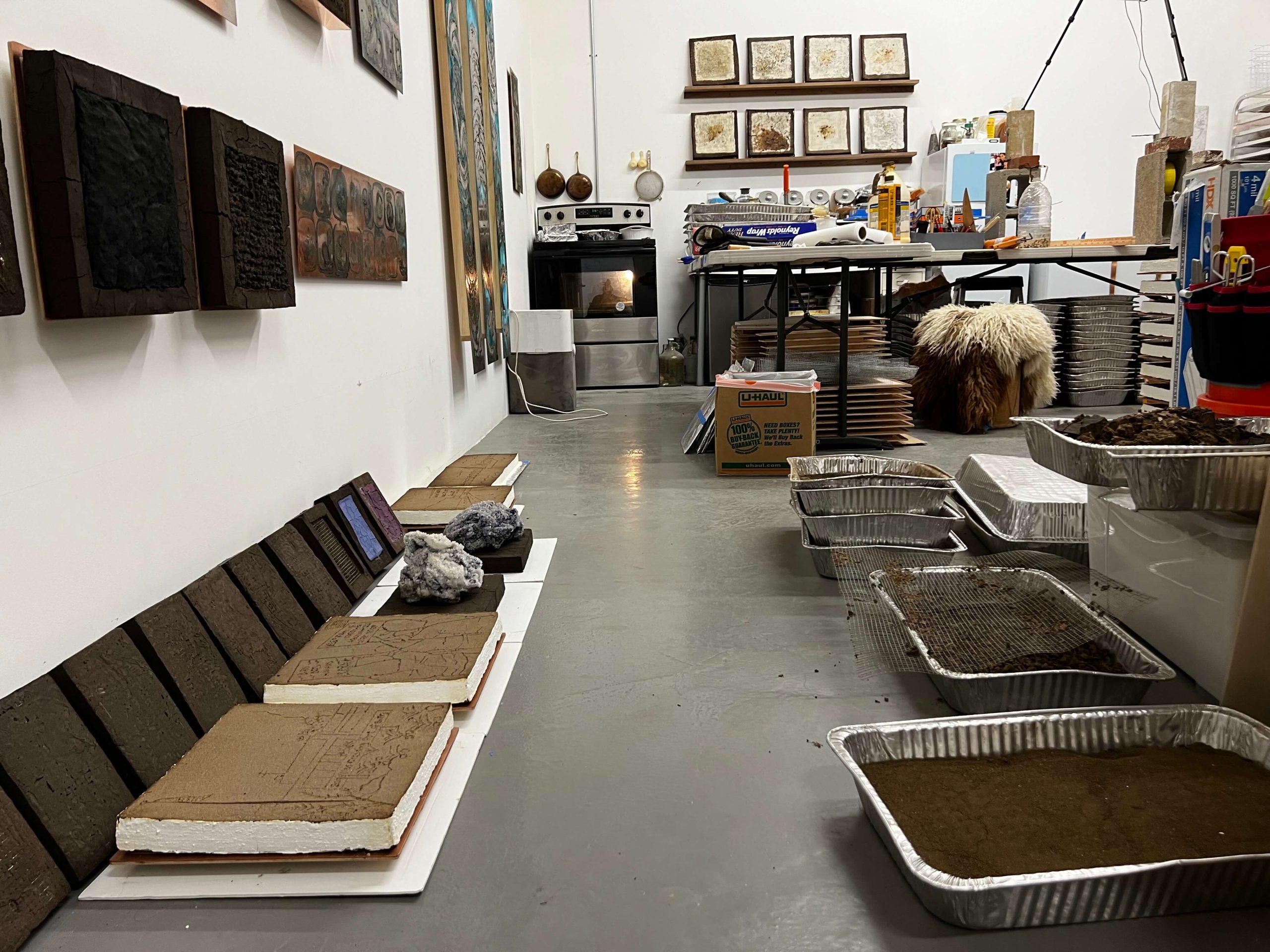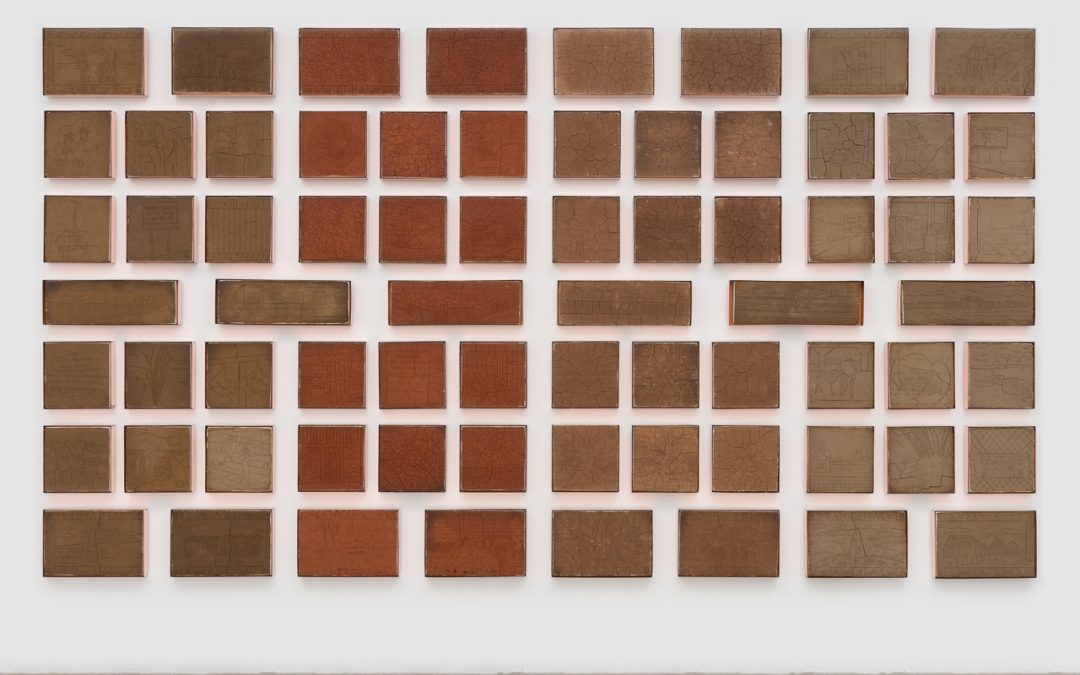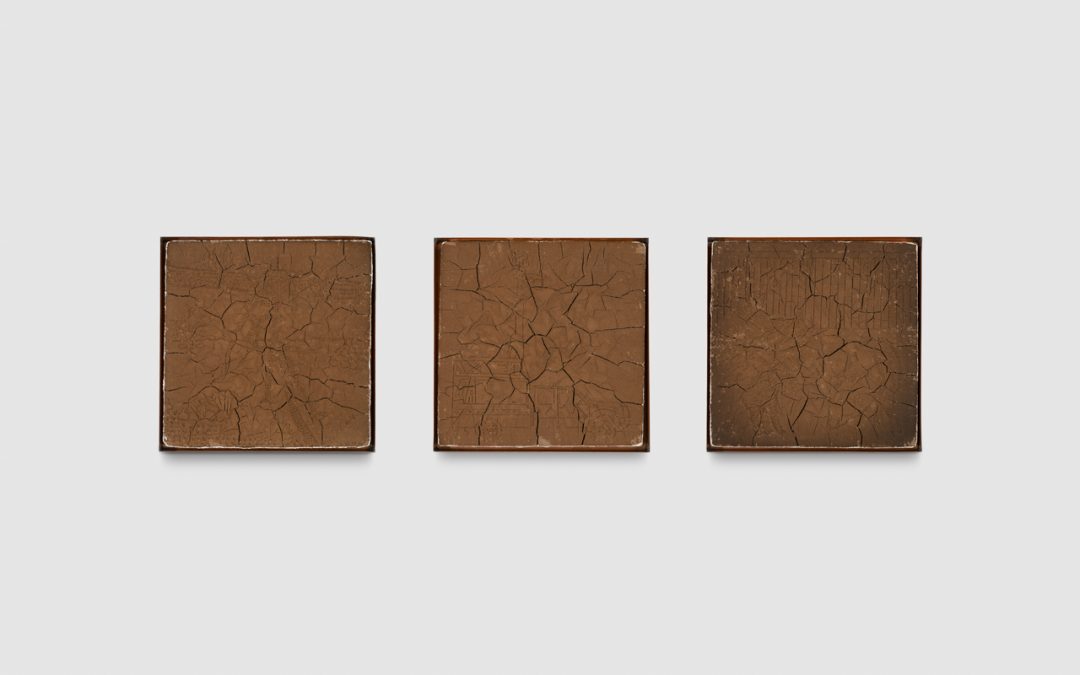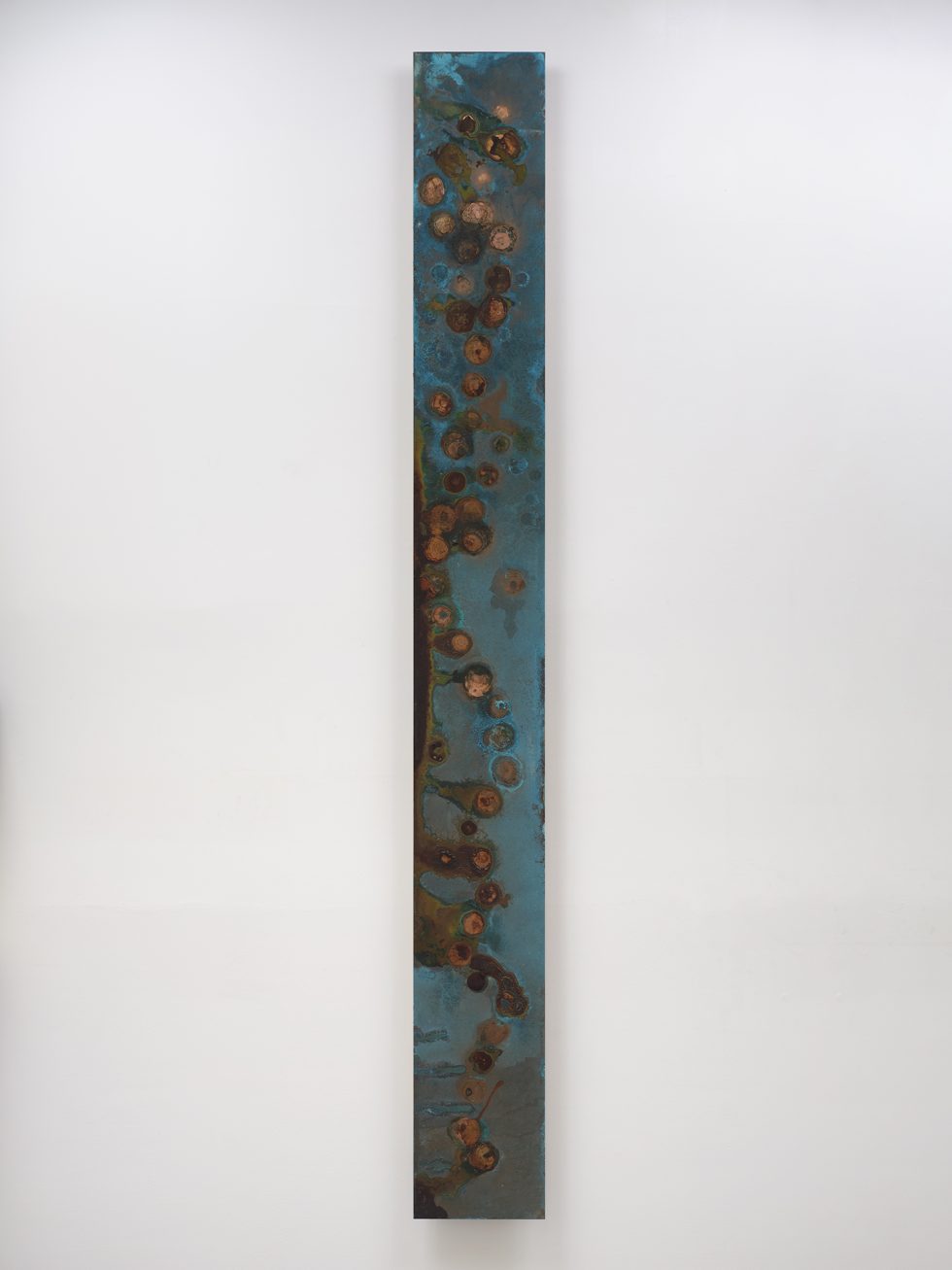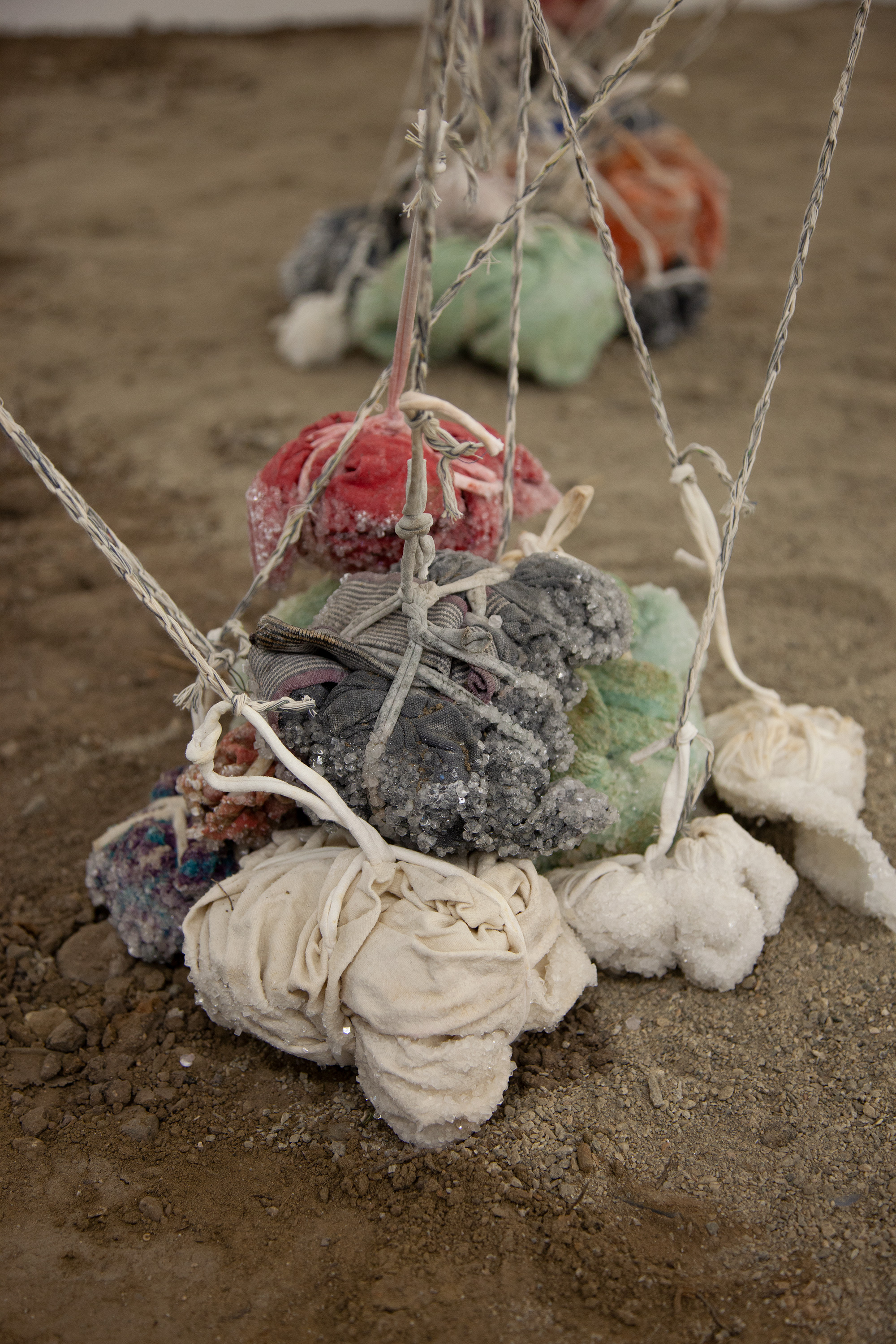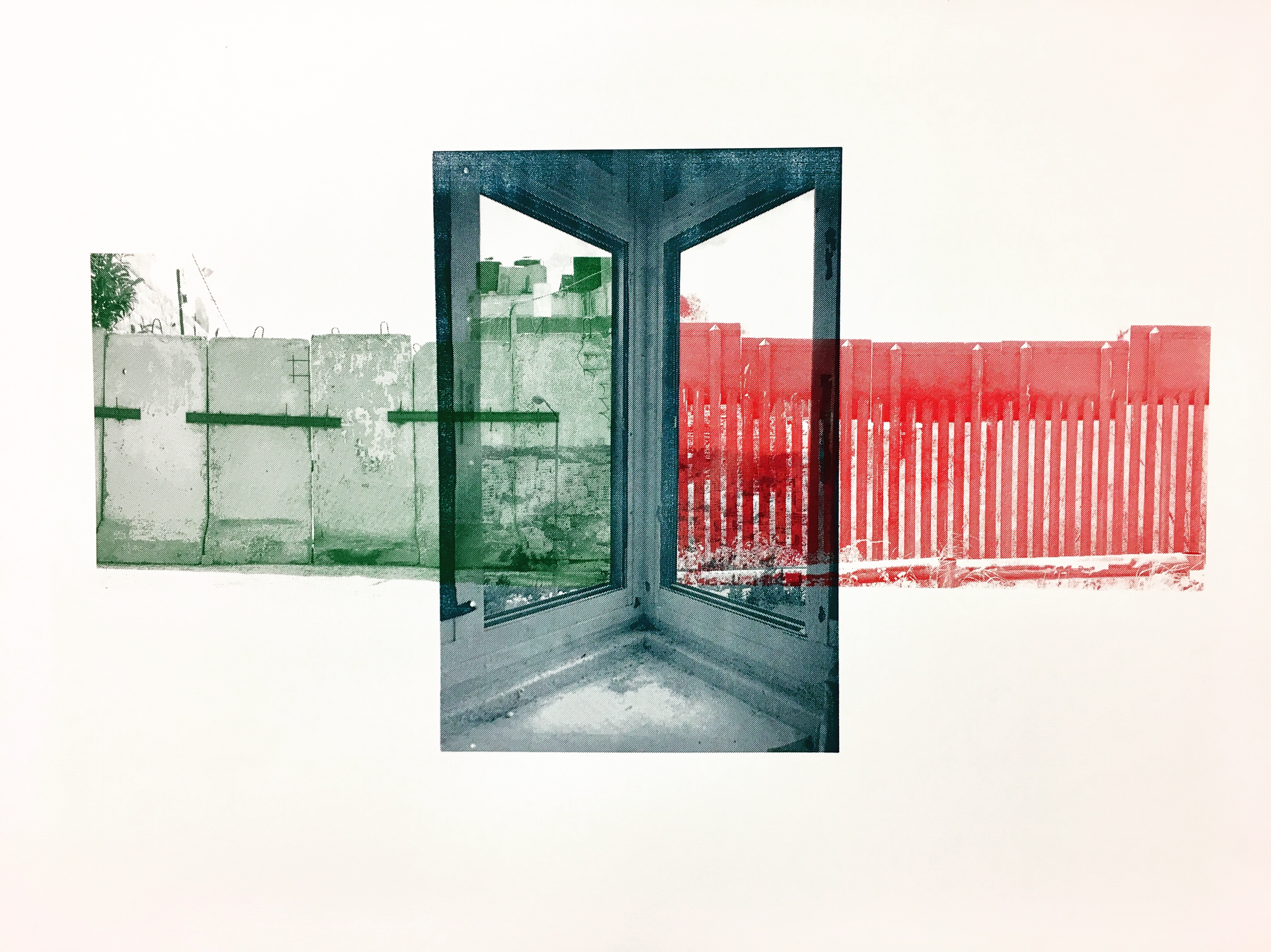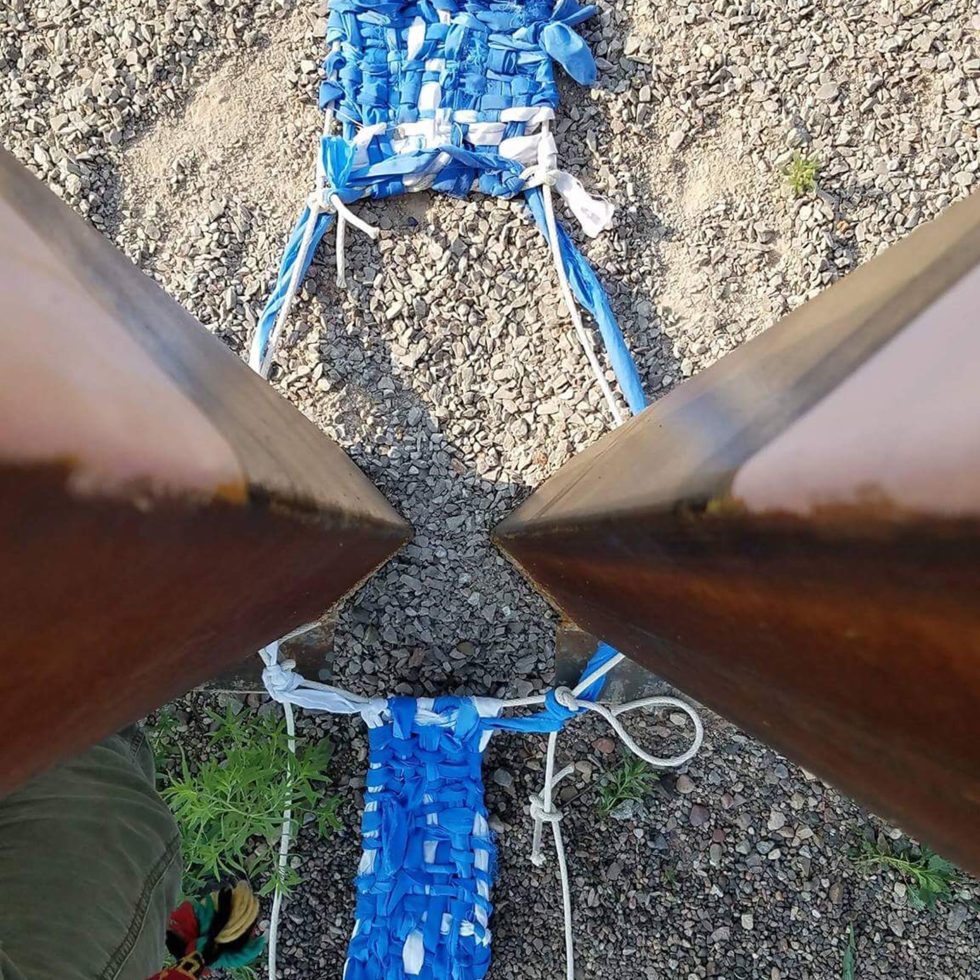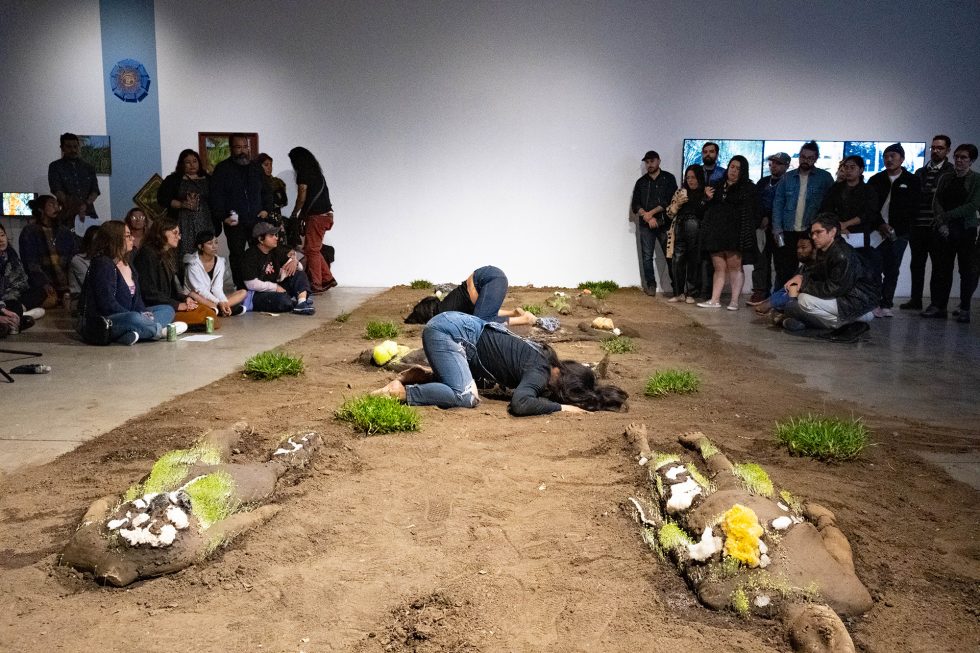CONTENT WARNING: graphic descriptions of art installations and construction. ie sexual violence, murder, blood.
Teresa Margolles, born in 1963, is an artist from Mexico City. Teresa is considered a conceptual artist, with a focus on the impacts of violence and death, specifically in her home country of Mexico, and Latin America as a whole.
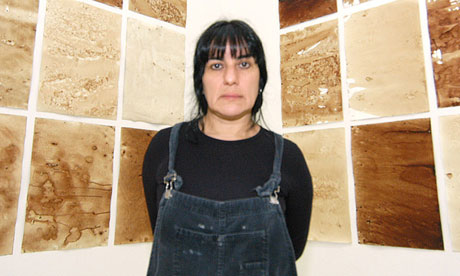
In her early adulthood, she went to school and studied to become a forensic pathologist. She then worked in the morgue, and witnessed the ways in which bodies, and the lives lost resulting in these bodies, were unnoticed. The violence of her home and surroundings became the subject of much of her artistic work. Margolles went on to create an artists’ collective named SEMEFO in the 1990s.
“When I was working with SEMEFO I was very interested in what was happening inside the morgue and the situations that were occurring, let’s say, a few meters outside the morgue, among family members and relatives. But Mexico has changed so violently that it’s no longer possible to describe what’s happening outside from within the morgue. The pain, loss and emptiness are now found in the streets.” Teresa Margolles, 2009.
Margolles has a pattern of using natural earthen and human materials in her work, such as water, dirt, sand, sweat, blood, fat, and tissue. These materials are used to tell her story through the art pieces and installations, all with a focus on violence, erasure, destruction, and death.
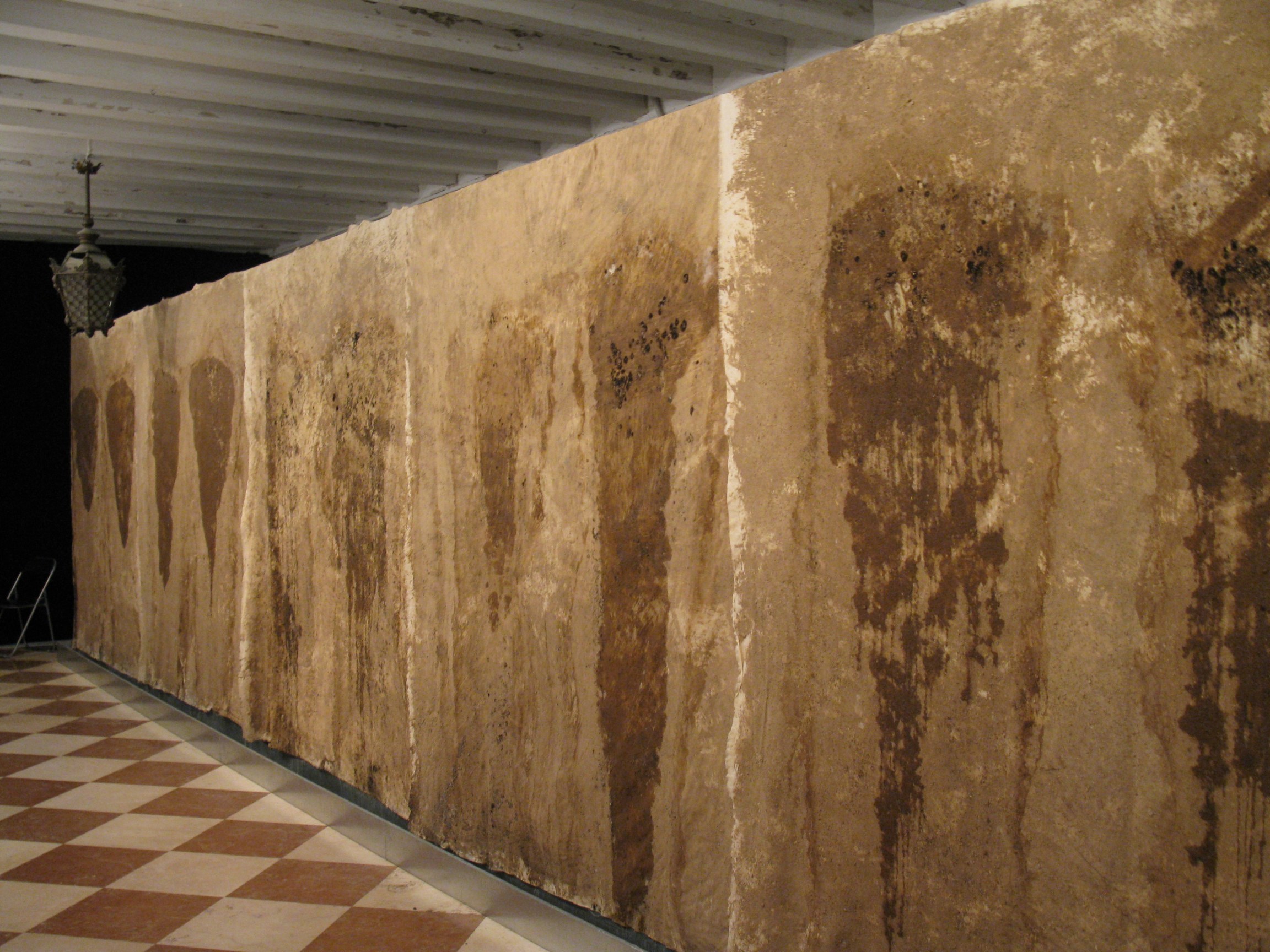
Recovered Blood, as shown above, was created using the mud-soaked clothes that were used to clean the sites of drug-related murders throughout Mexico.

This table and benches were created using a mixture of concrete and organic material harvested from the grounds of the site of a murder on the Northern Mexico and US border.

This installation was created using the water used to wash corpses in the morgue in Mexico. This water was then dispersed throughout the space using two fog machines.
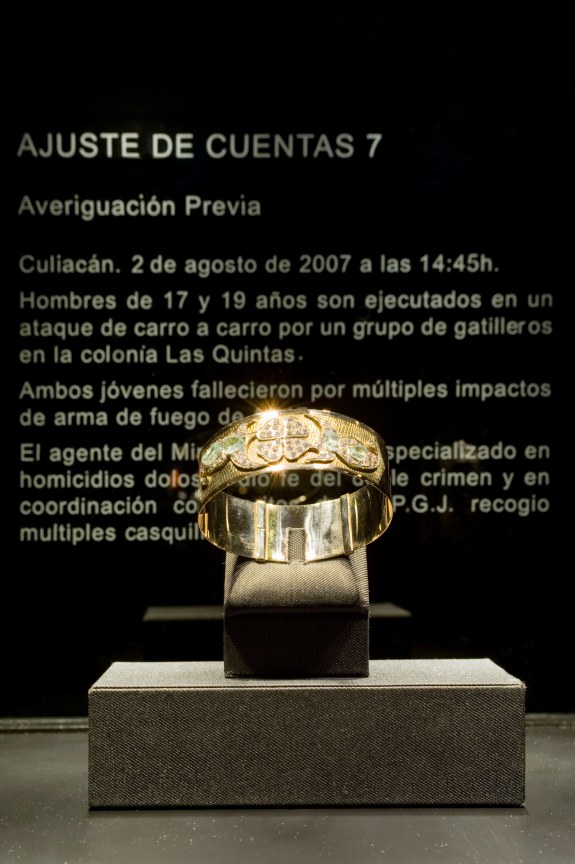
This piece of jewelry was created with shattered glass fragments sourced by Margolles from a local gunfight in Mexico. She then collaborated with a local jeweler to create a piece of jewelry that resembles one a powerful gang member might wear.

This installation, Lote Bravo, in Mexico consisted of adobe bricks. The bricks were mixed and made out of soil and earth harvested from the site of murders and burials of Mexican women found along the border of the United States and Mexico. These women were often determined to be sexually assaulted at the site of their death.
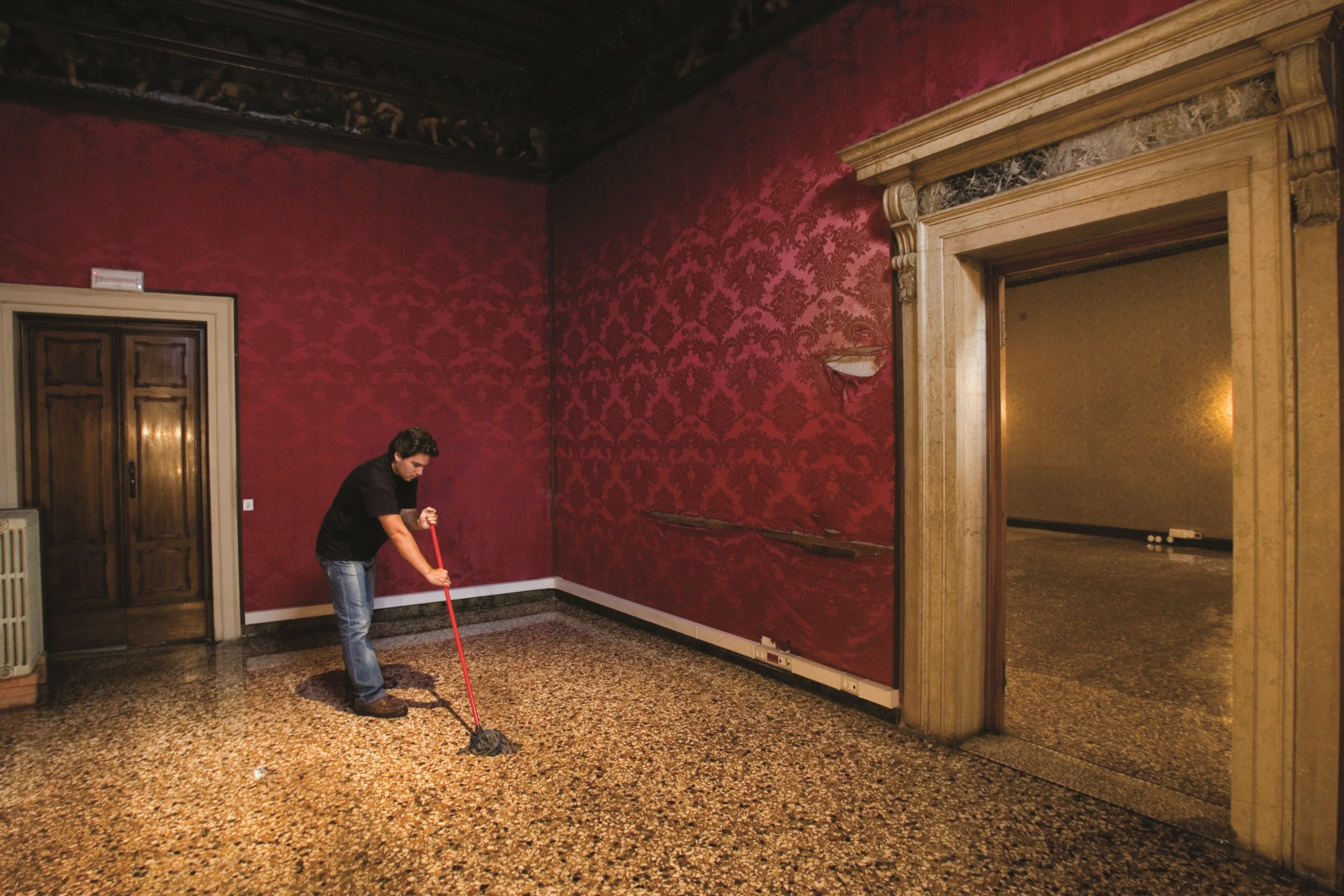
This exhibit featured an hourly mopping of the floor, however the cleaning liquid that was used contained blood from individuals murdered in Mexico.

This installation consisted of a seam in the wall, filled with human fat which was gathered from corpses of murdered people in Mexico.

In addition to conceptual and performance art, Margolles is also a photographer. In this particular collection, she focuses on the destruction of clubs in Juarez and throughout Mexico. In the image above, Margolles captures Marlene, a transgender woman standing on what remained of the dance floor of the club she worked at, Mona Lisa.

Above is an example of her recent work, this installation is in London.
It is “a tribute to the resilience of the global trans community,”
Composed of 726 plaster face castings, they were created from the faces of only trans, nonbinary, and gender nonconforming individuals from both Mexico and the United Kingdom.
– MUSEUMMMK Domstraße
Castello di Rivoli Museo d’Arte Contemporanea, Torino, Italy; Centre Georges Pompidou, Paris, France; Colección Centro de Arte Dos de Mayo, Mostoles, Madrid, Spain; Colección Fundación ARCO, Madrid, Spain; Des Moines Art Center, Des Moines, IA; Fotomuseum Winterthur, Switzerland; FRAC Lorraine, Metz, France; Hirshhorn Museum and Sculpture Garden, Washington, D.C.; Kunsthaus Zürich, Switzerland; Colección Jumex, Mexico City, Mexico; Musée d’Art Contemporain, Montreal, Canada; Museion Museo d’arte moderna e contemporanea, Bolzano, Italy; Museo Universitario Arte Contemporáneo, Mexico City, Mexico; Museo Tamayo Arte Contemporáneo, Mexico City, Mexico; Museum für Moderne Kunst, Frankfurt, Germany; Museum of Modern Art in Warsaw, Poland; National Gallery of Canada, Ottawa, Canada; Neue Nationalgalerie, Berlin, Germany; Pérez Art Museum, Miami, FL; Philbrook Museum of Art, Tulsa, OK; Phoenix Art Museum, Phoenix, AZ; Tate Modern, London, UK and The Museum of Fine Arts, Houston, TX.
Awards:
Artes Mundi Prize and the Prince Claus Award for Culture and Development in 2012.
53rd Venice Biennale in 2009 for What Else Could We Talk About?



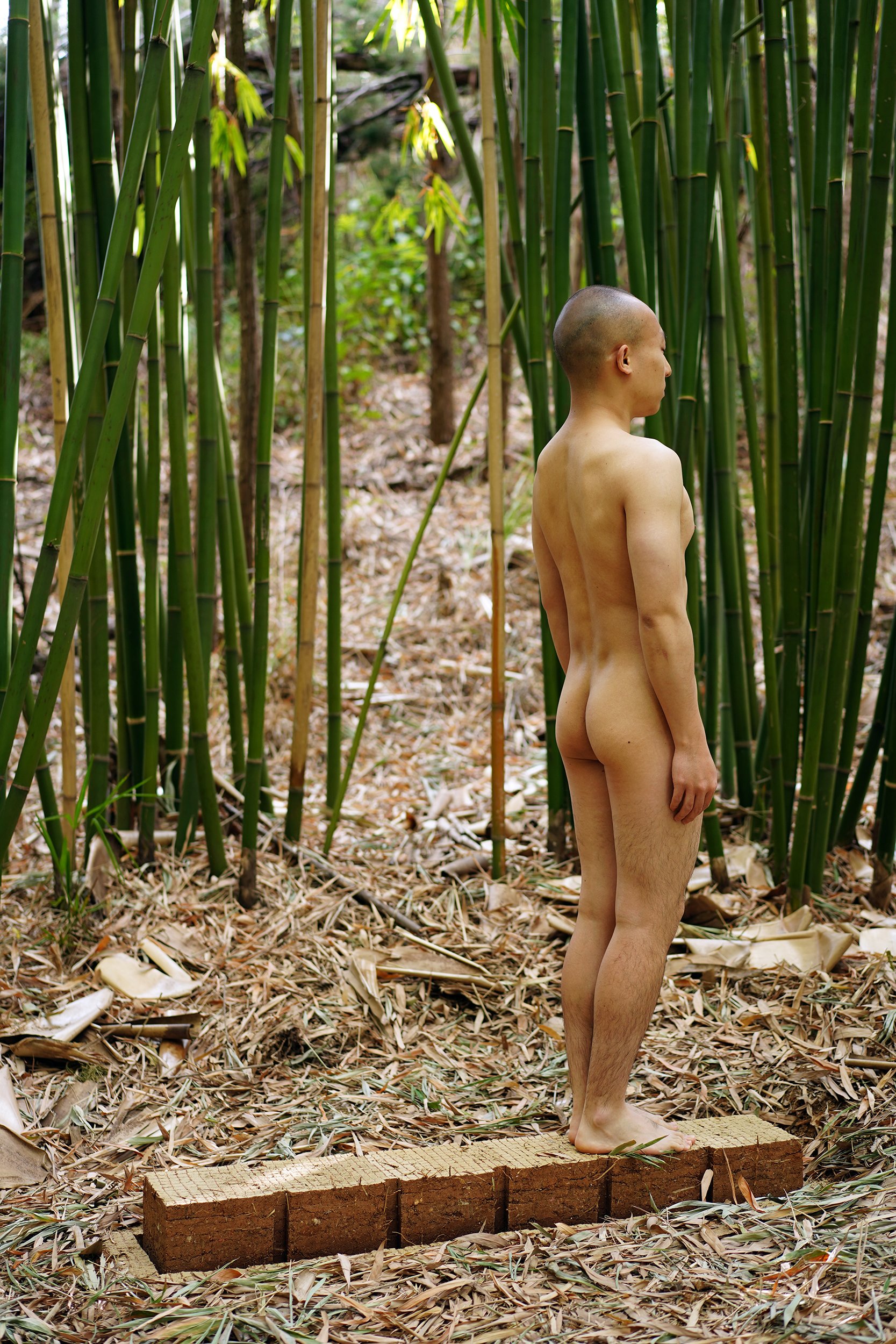
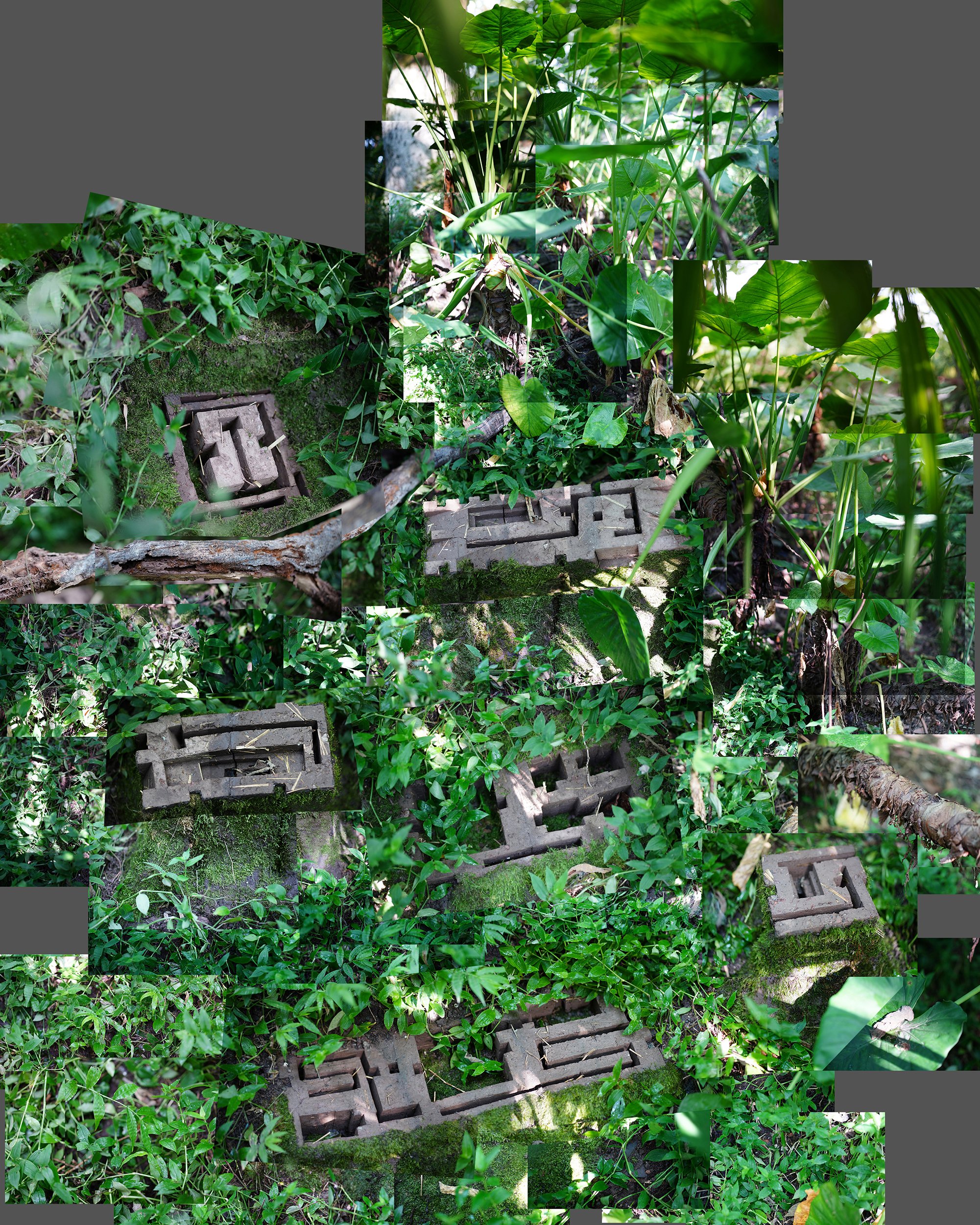




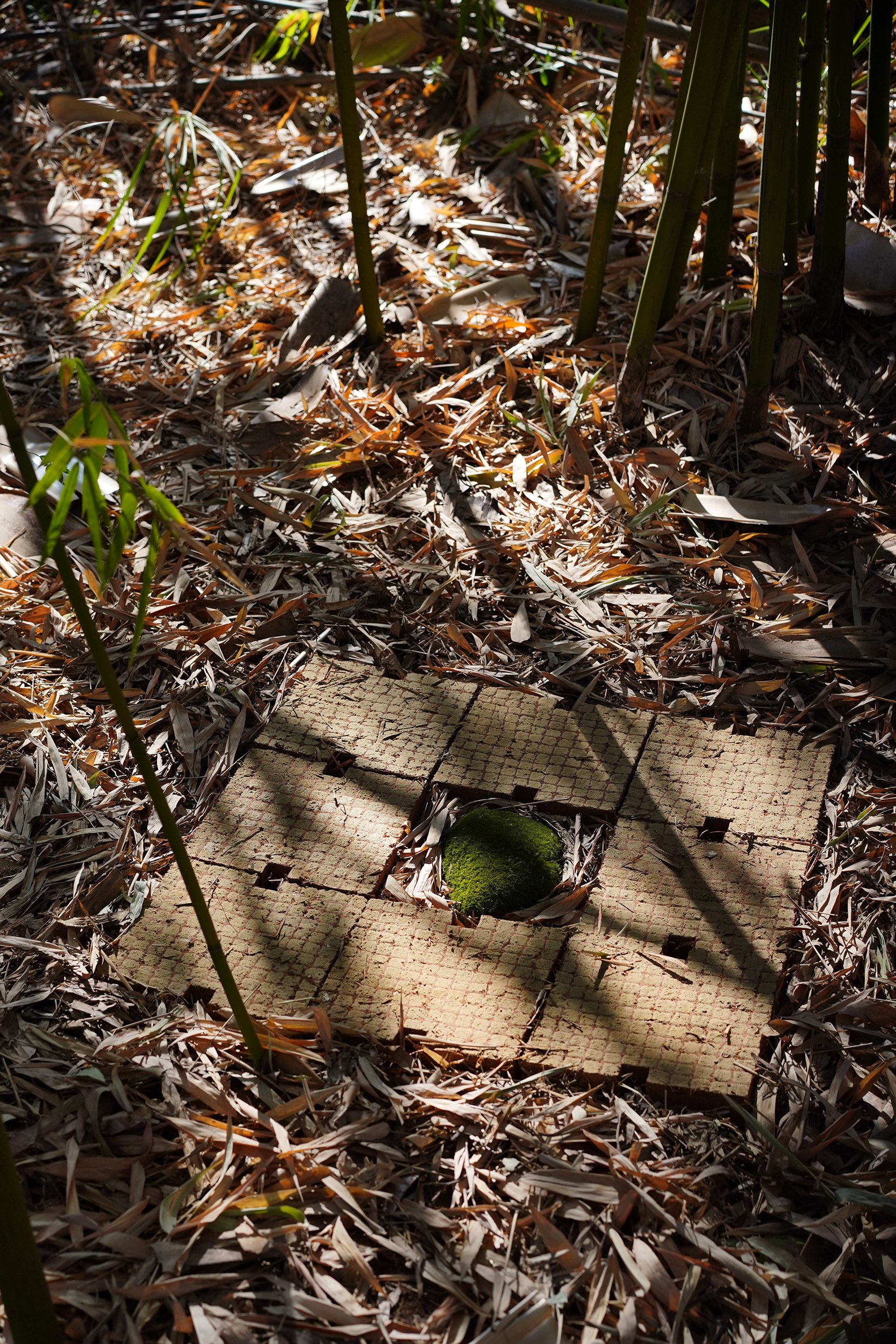
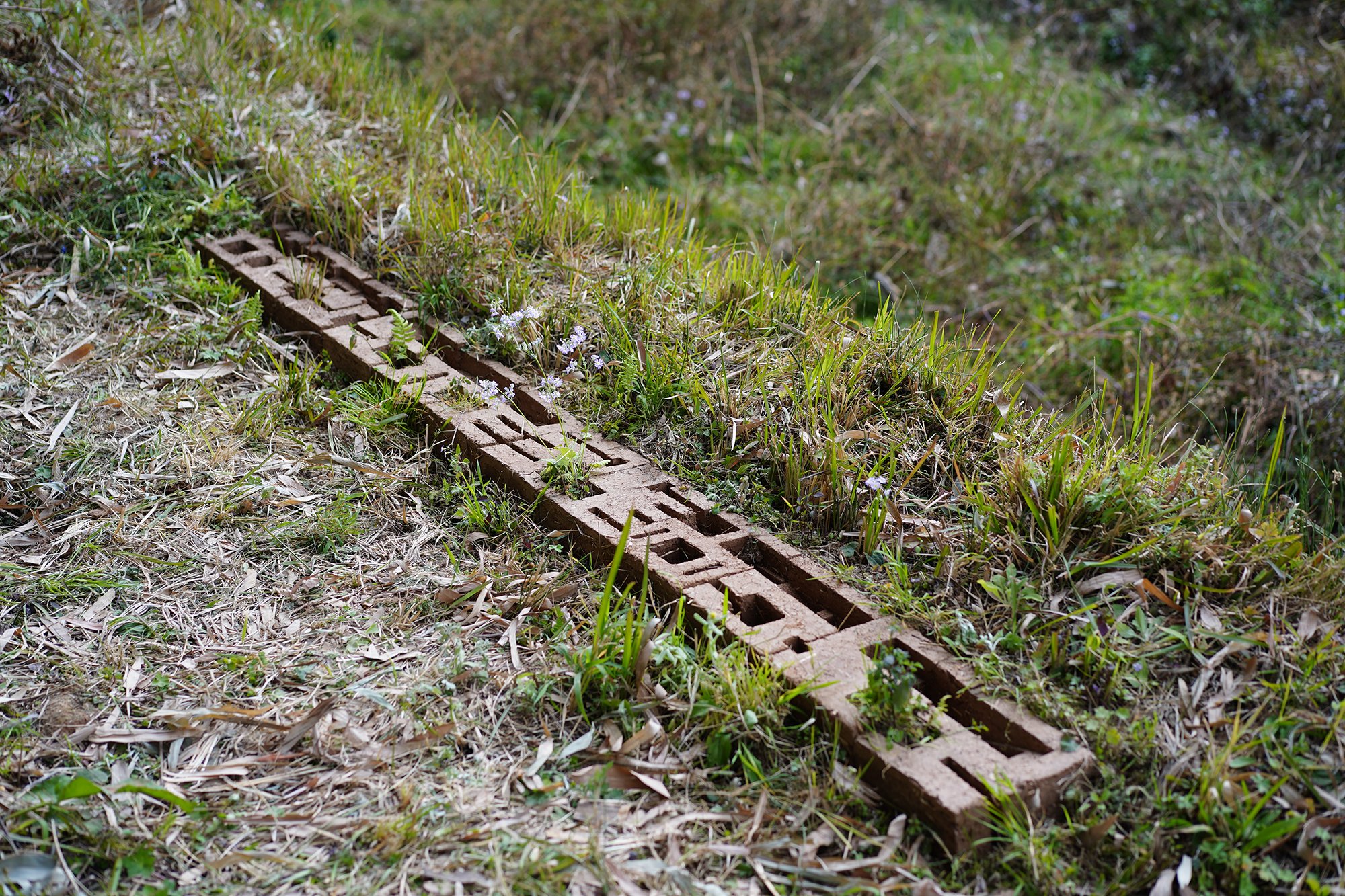

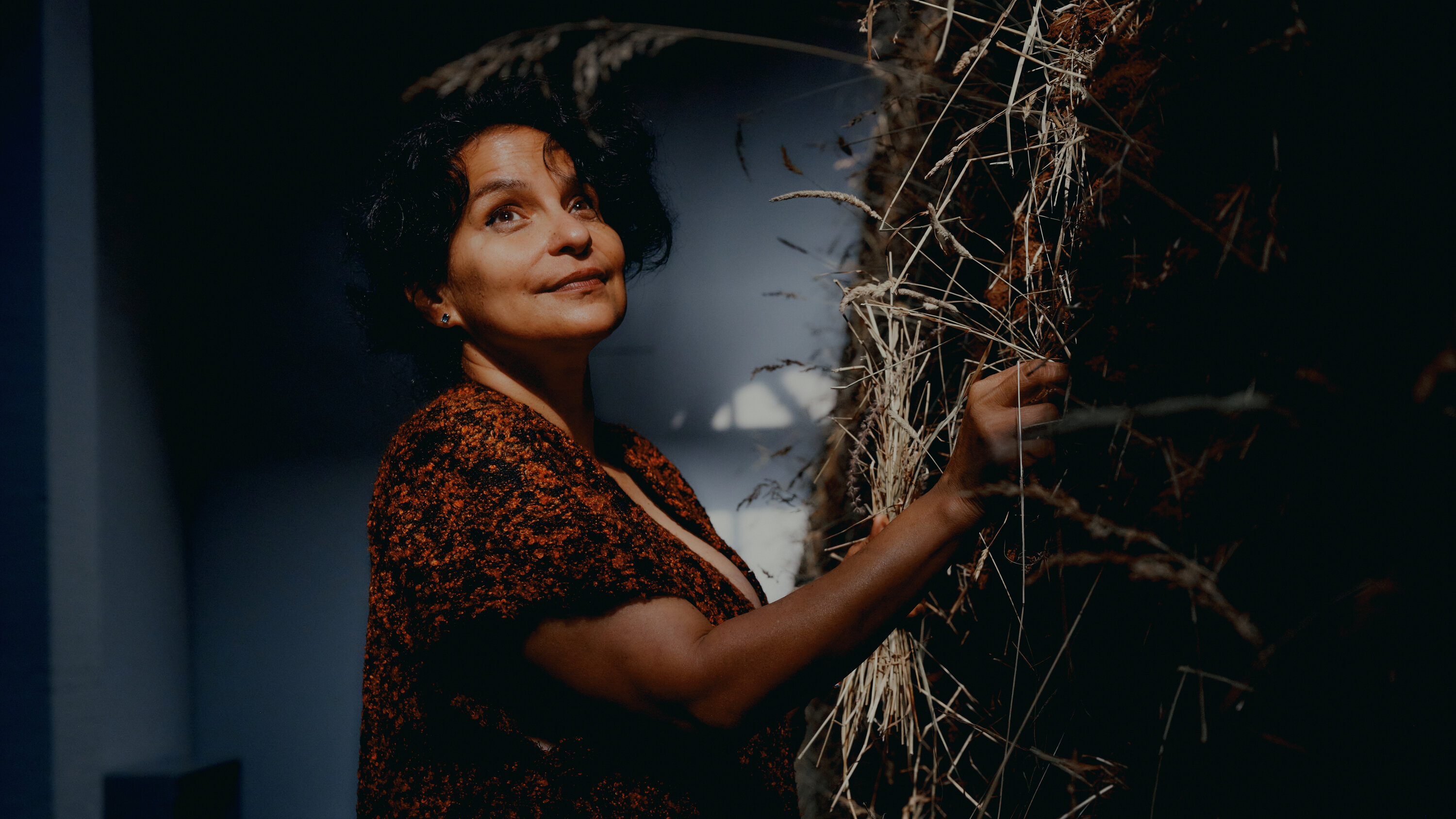
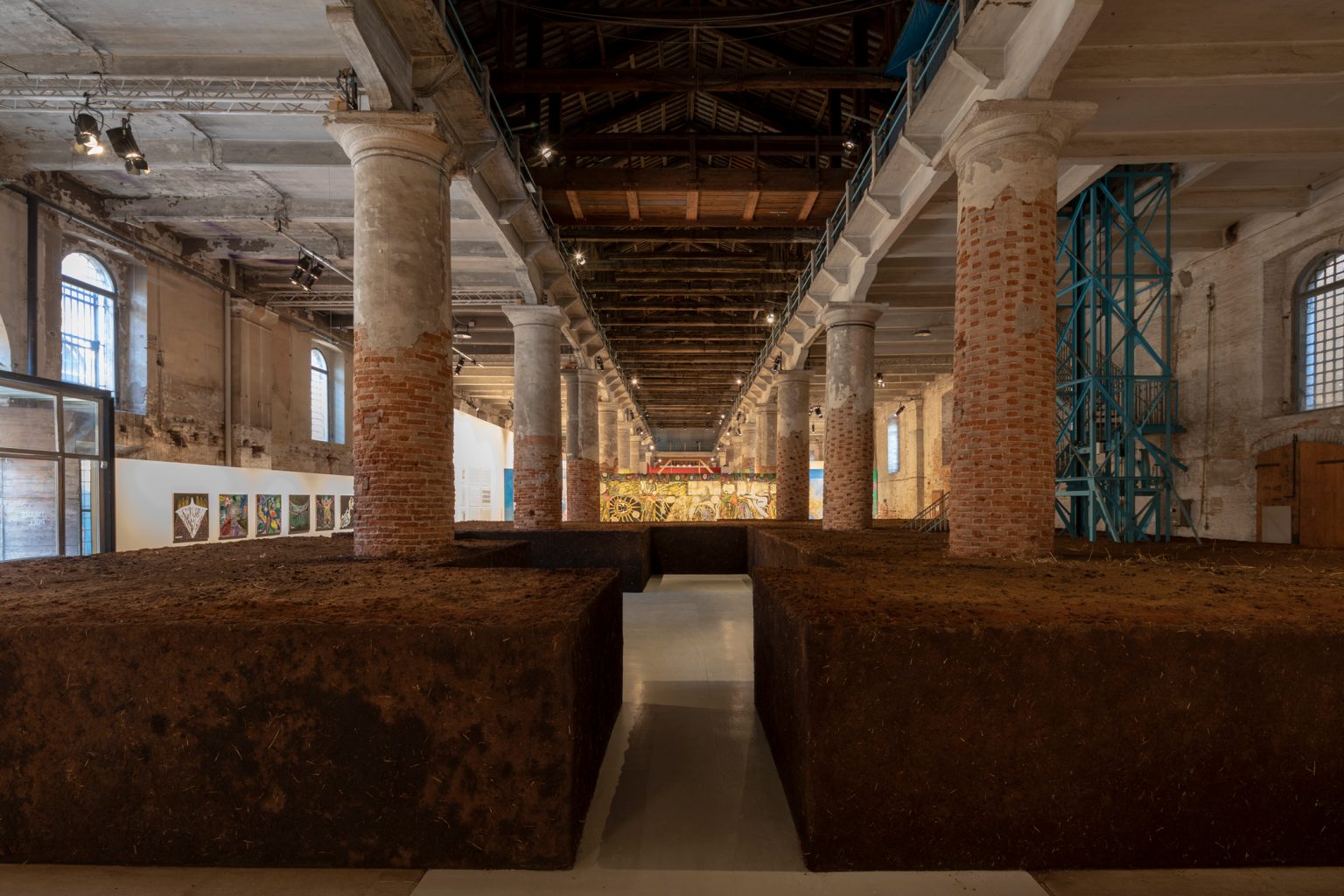
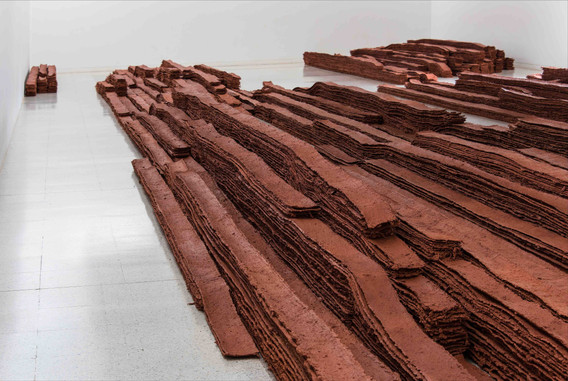




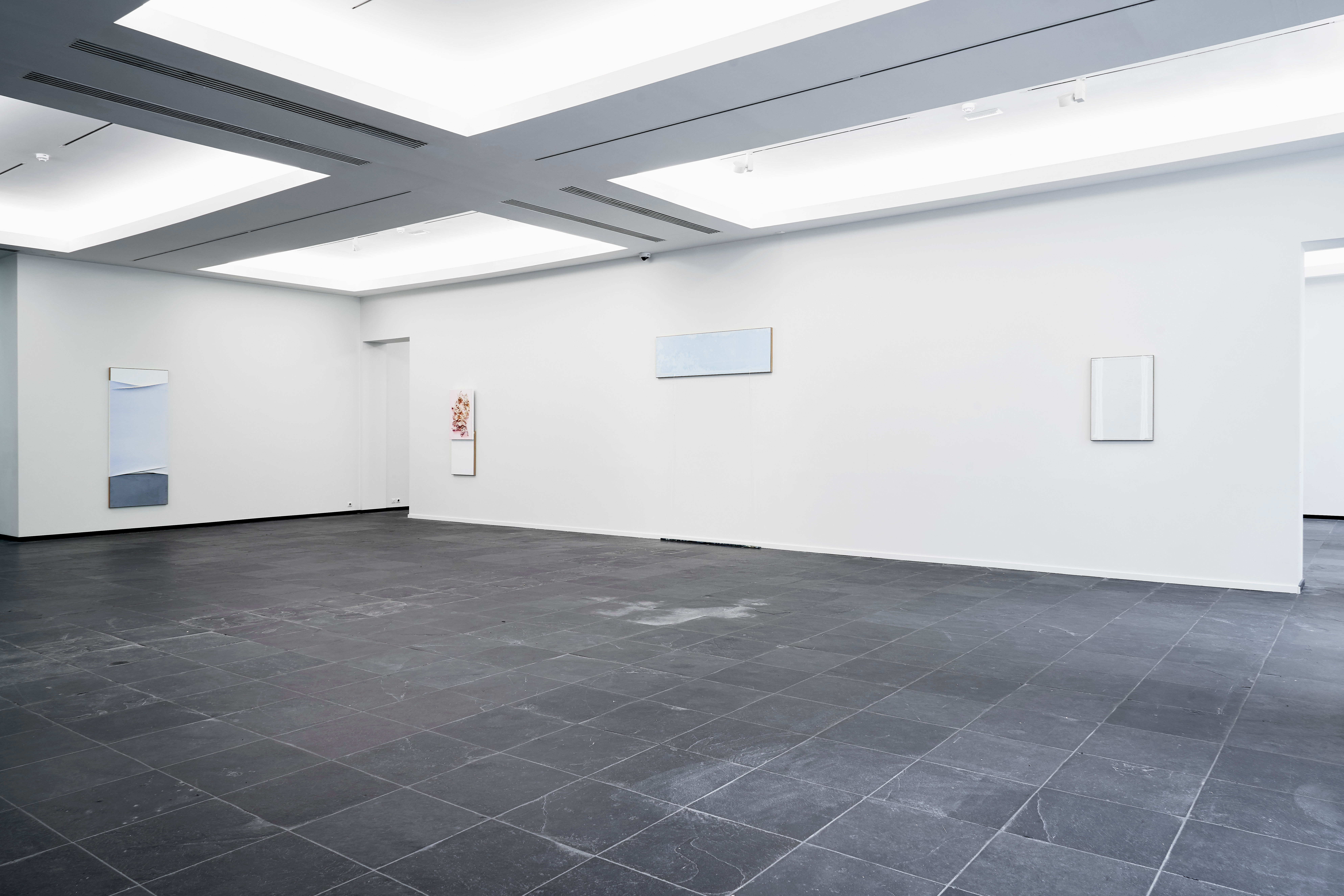
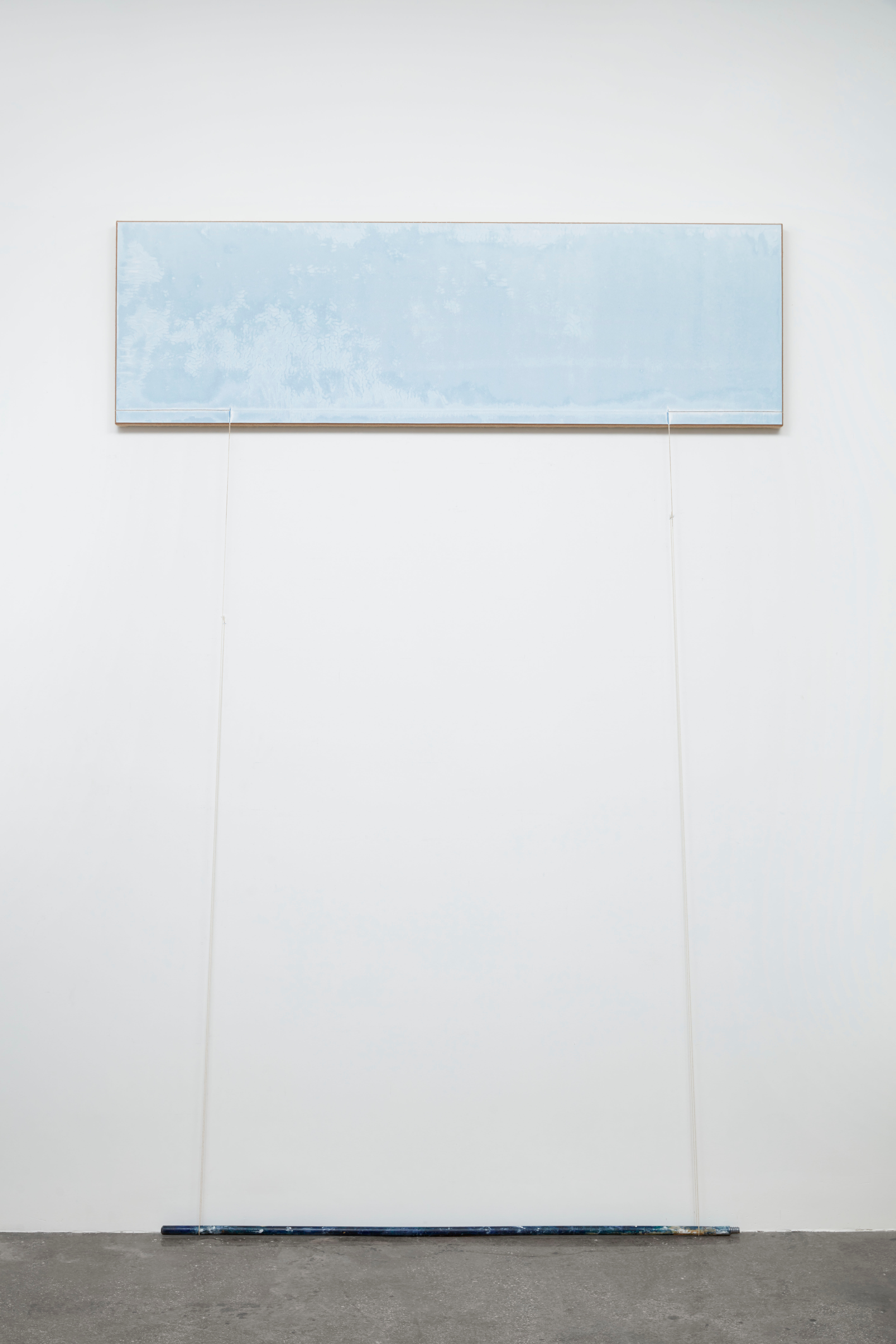

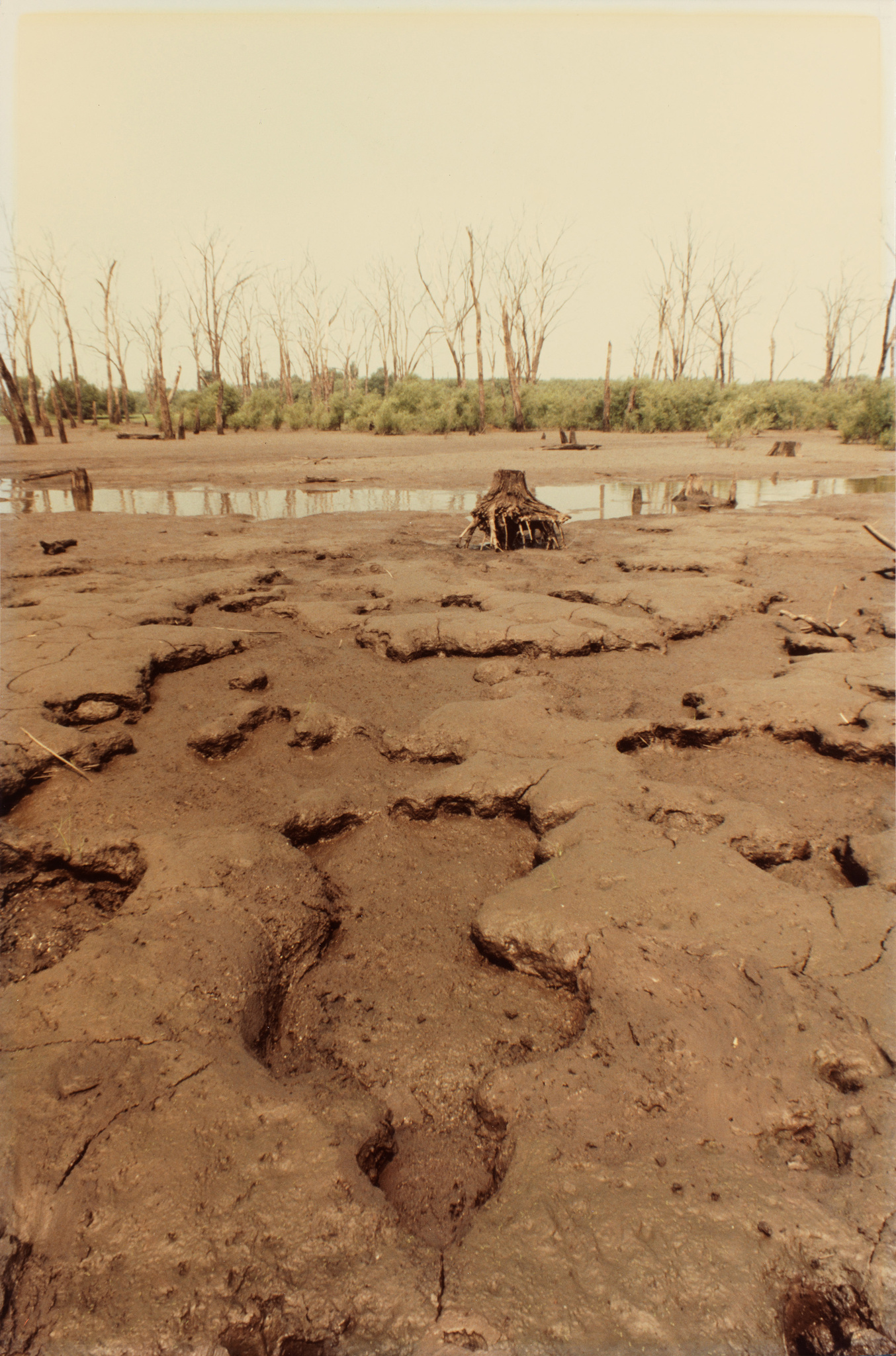
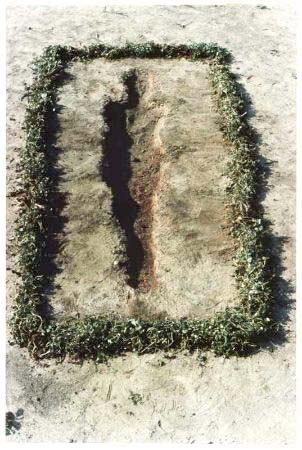
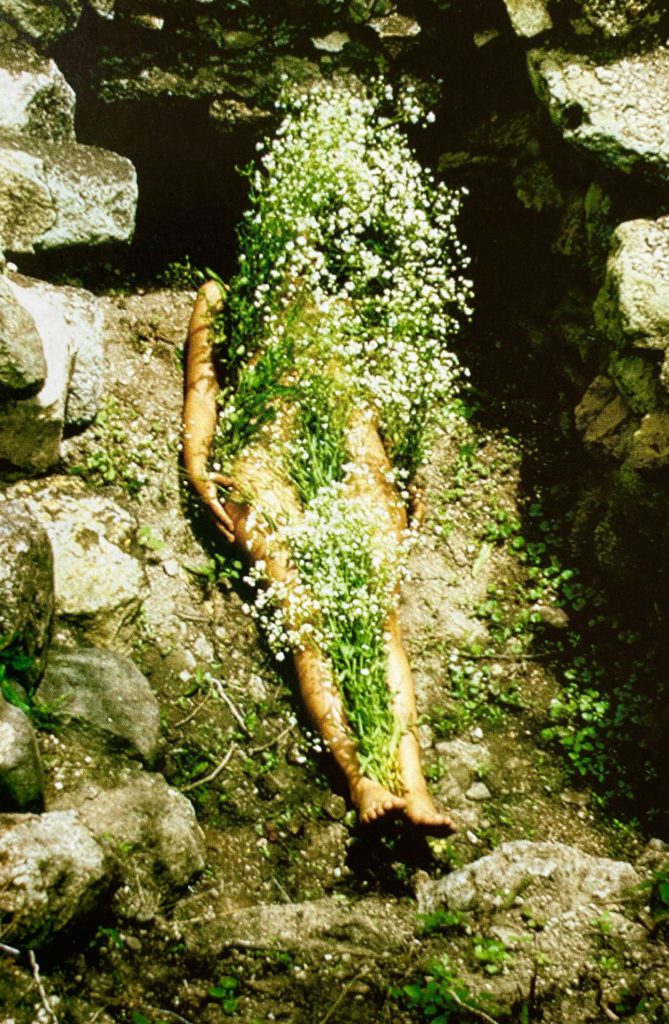

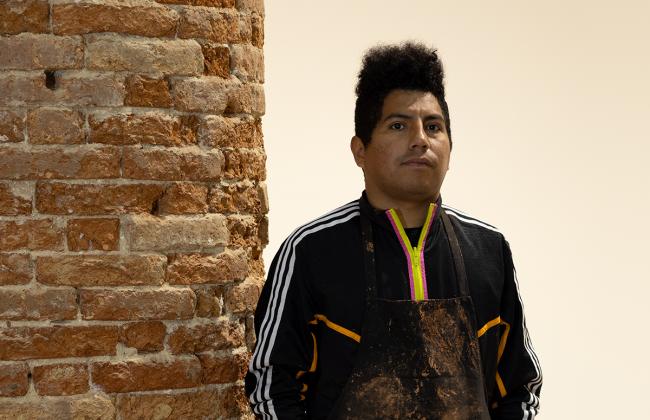
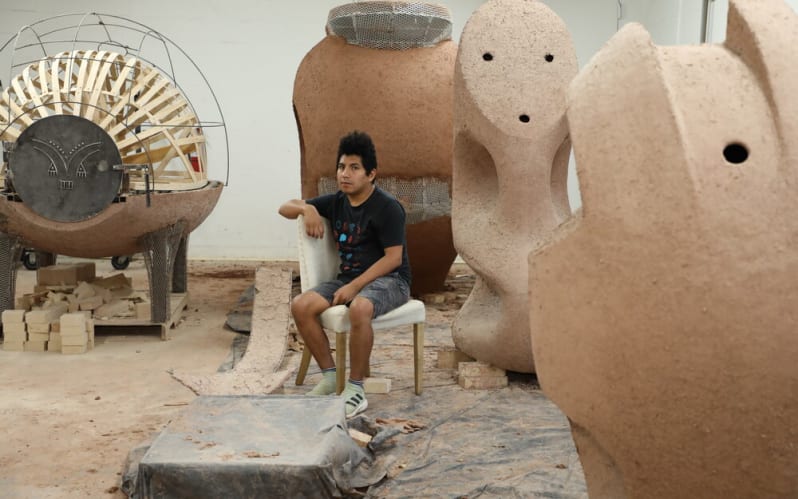
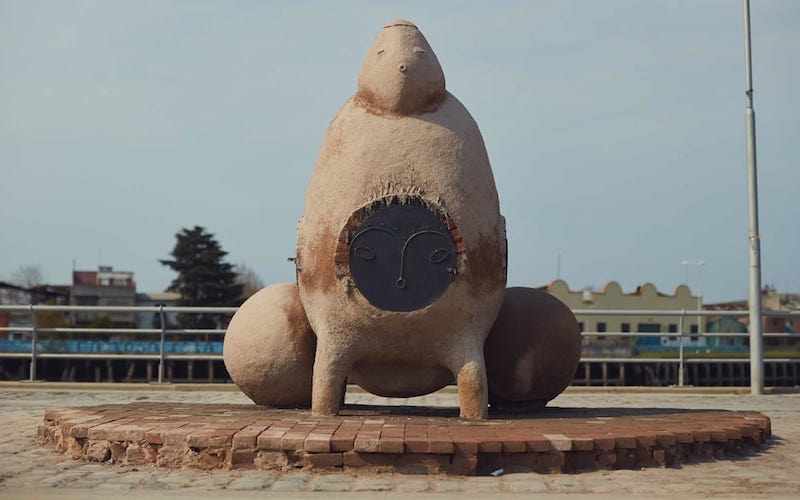
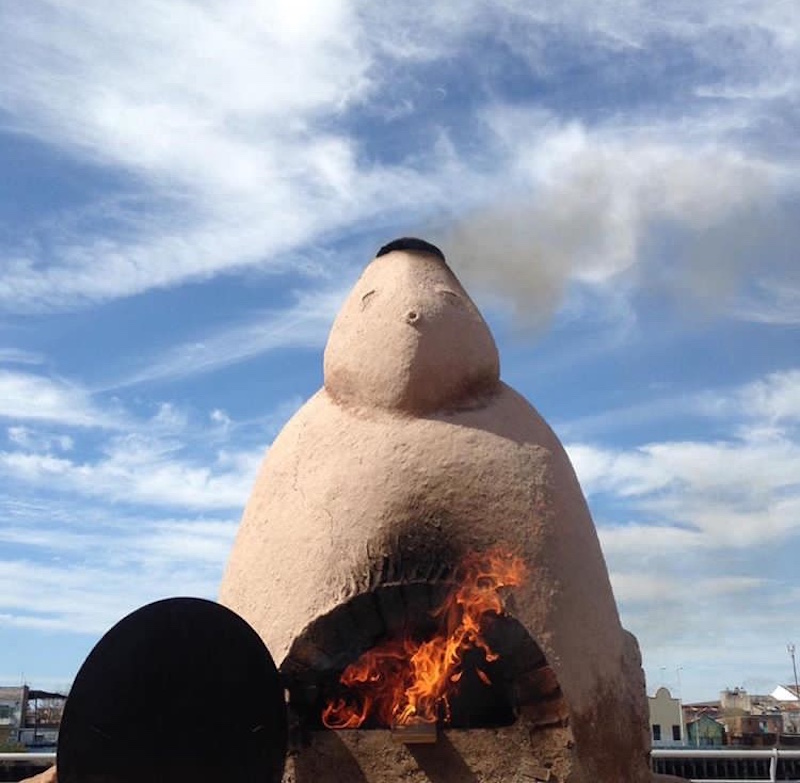
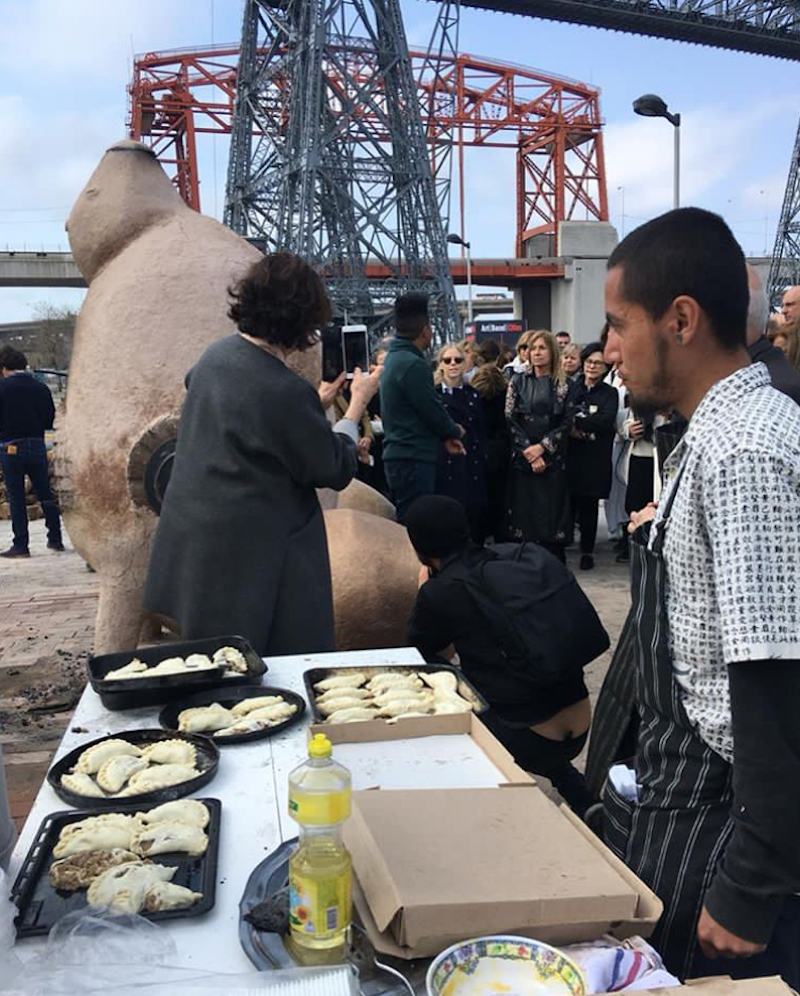
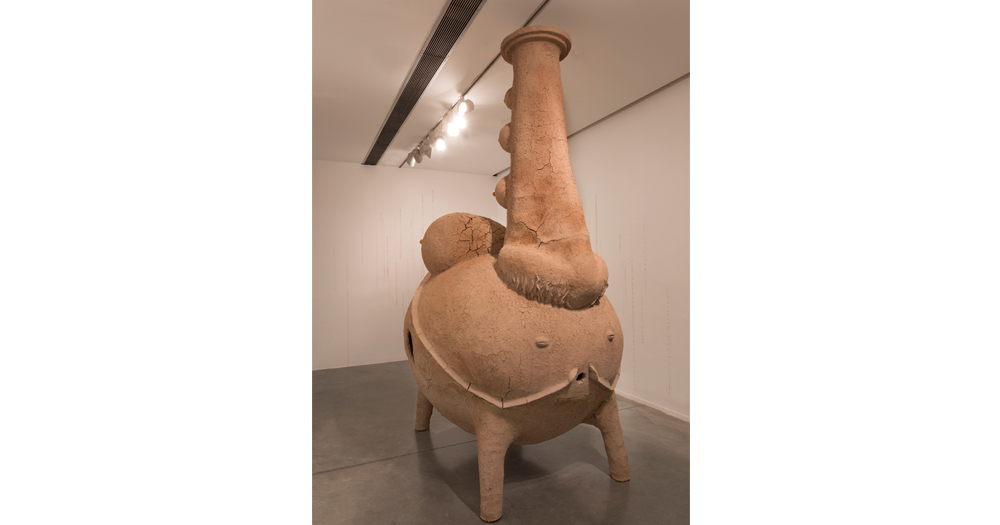






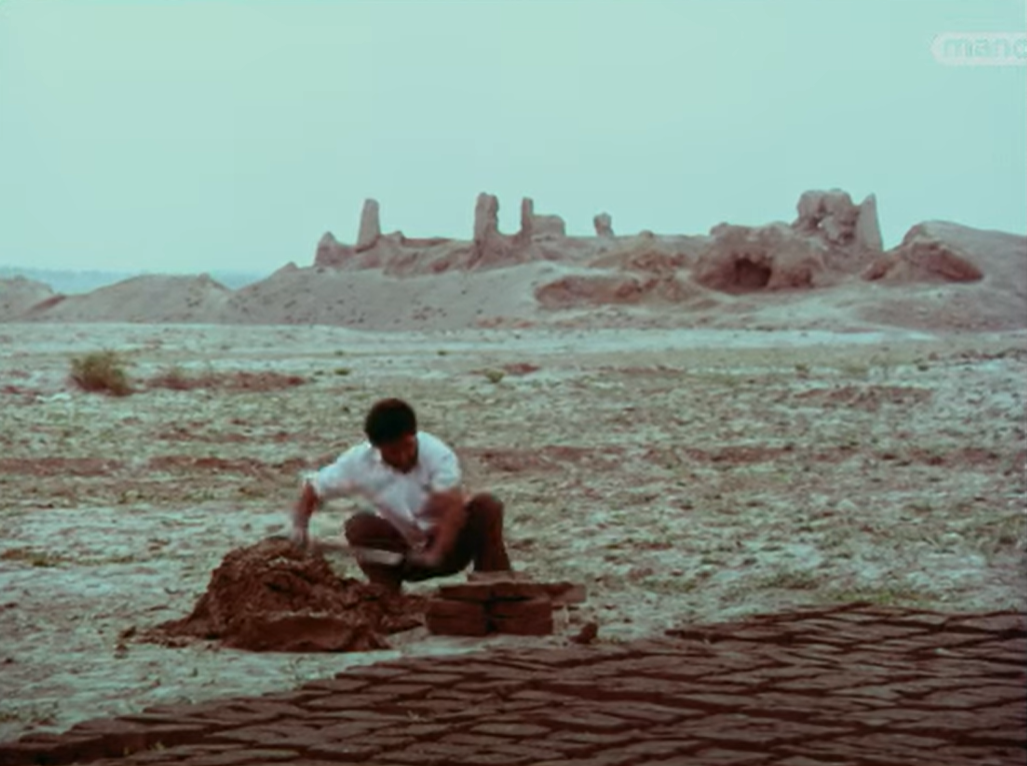
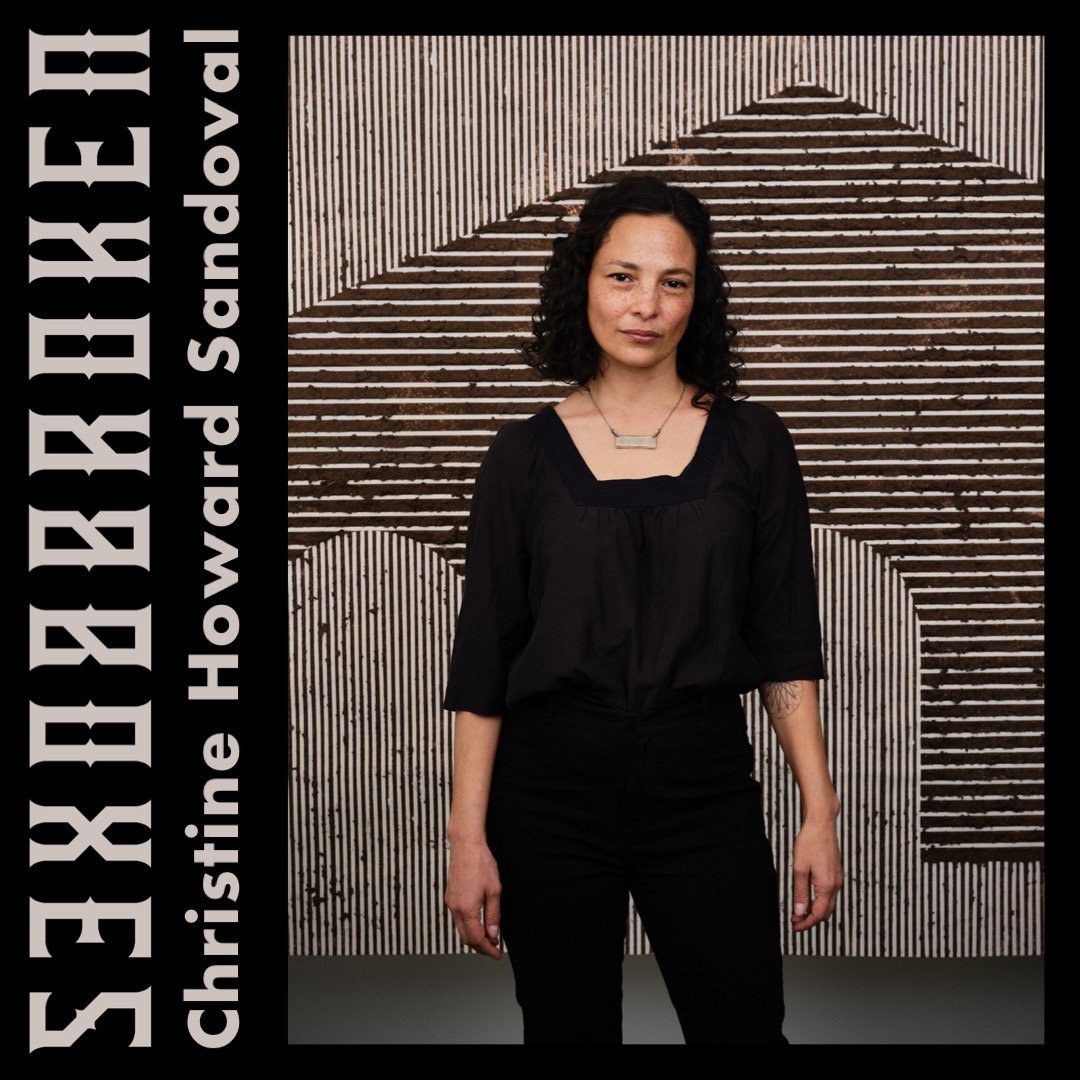
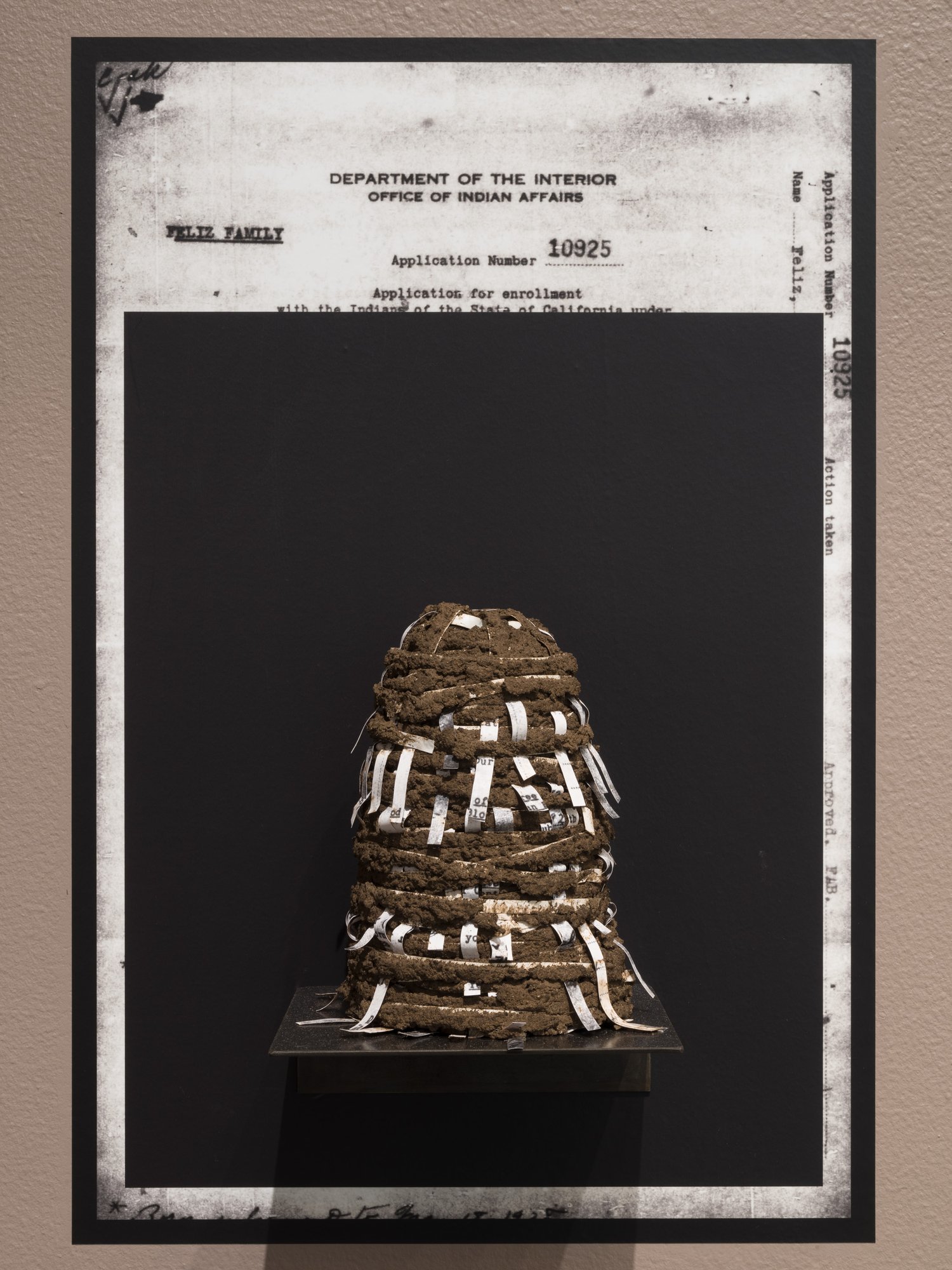
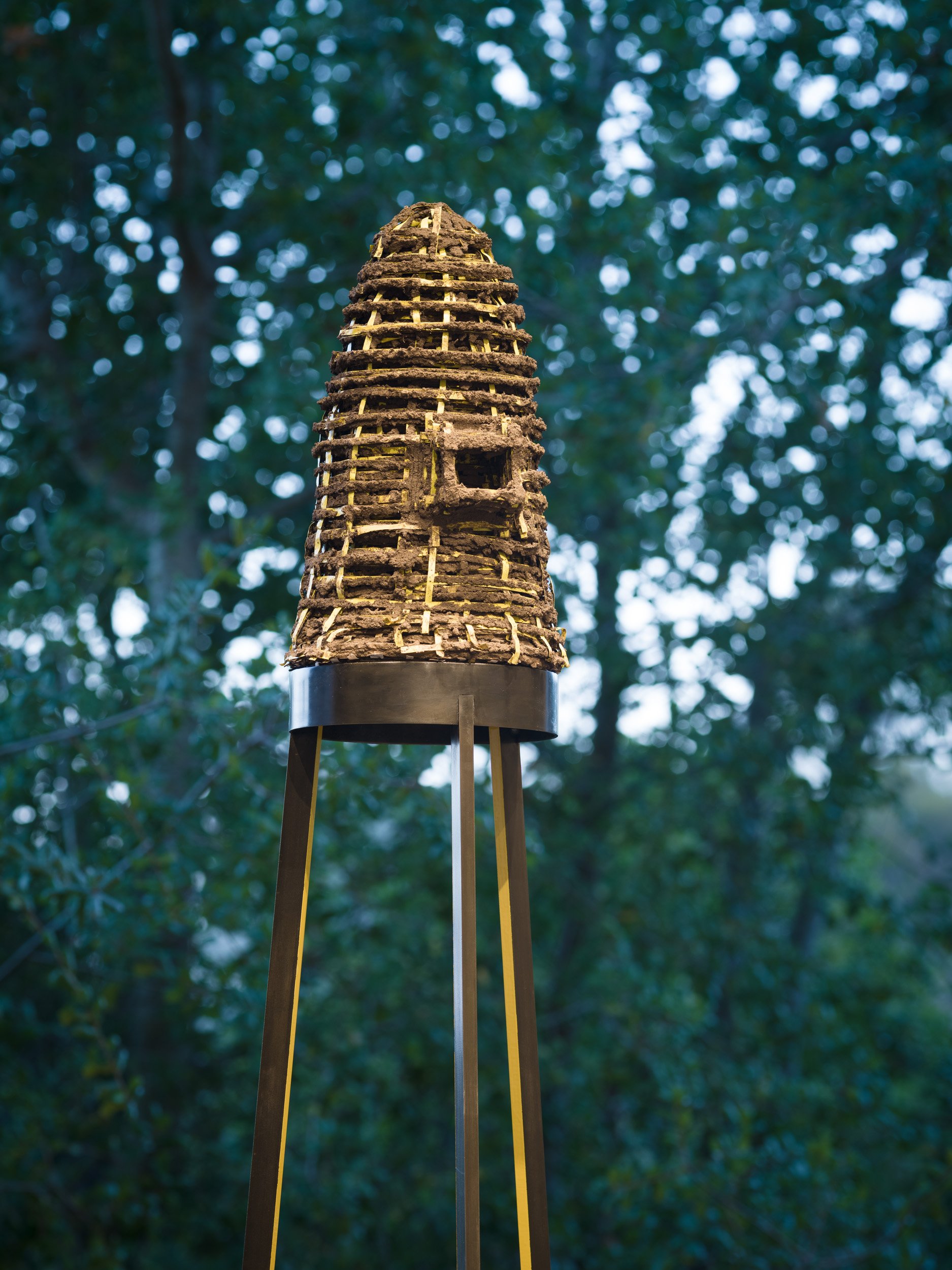 Surveillance Mound, 2021, adobe mud, tape, steel, wood, wire, paint, 89.5H X 19W X 19D inches.
Surveillance Mound, 2021, adobe mud, tape, steel, wood, wire, paint, 89.5H X 19W X 19D inches.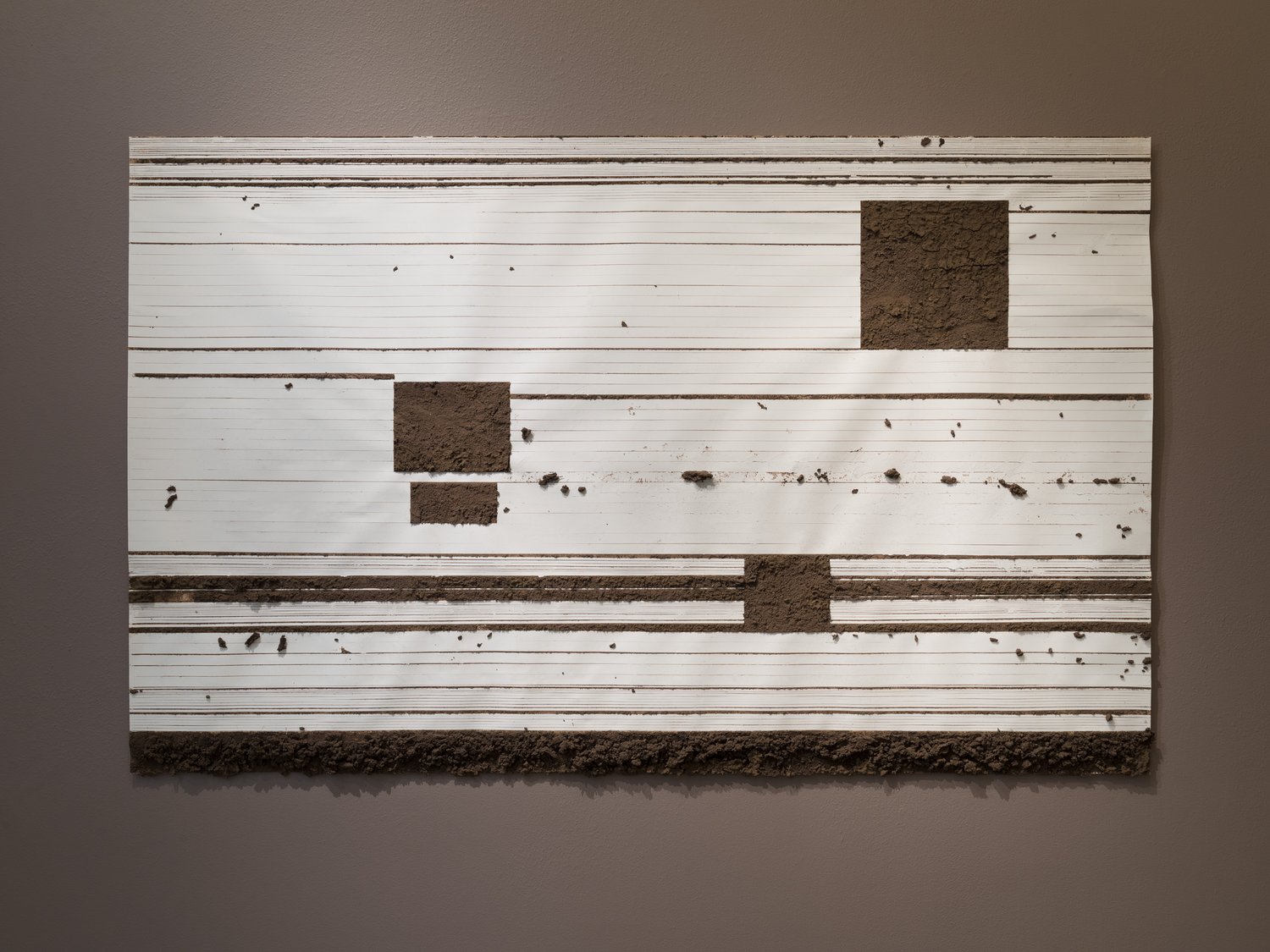
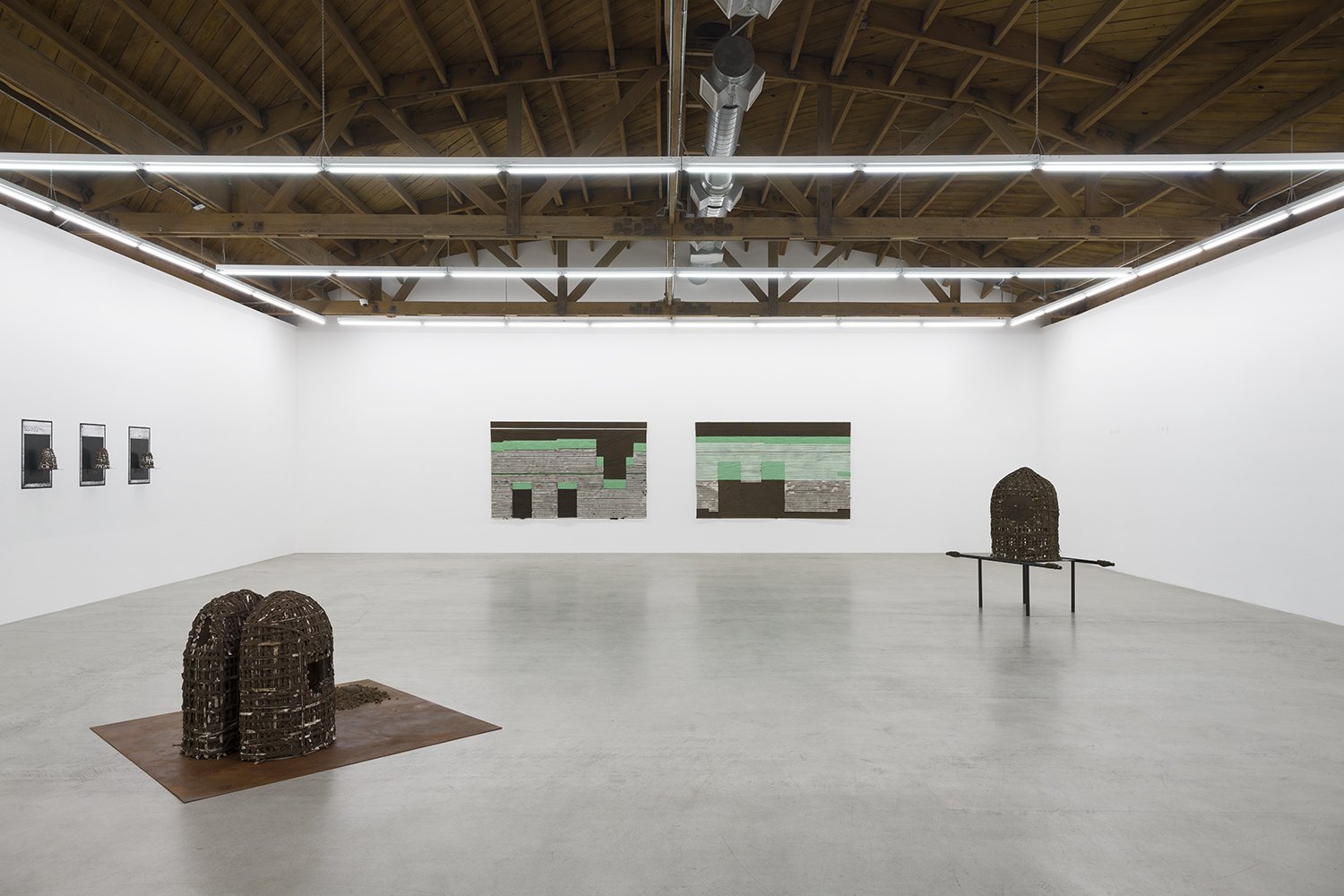 Installation view, the green shoot that cracks the rock, parrasch heijnen gallery, LA, 2022
Installation view, the green shoot that cracks the rock, parrasch heijnen gallery, LA, 2022